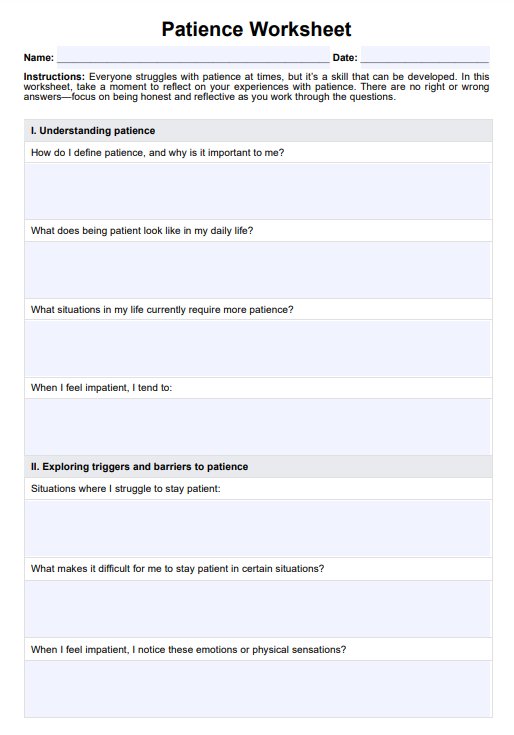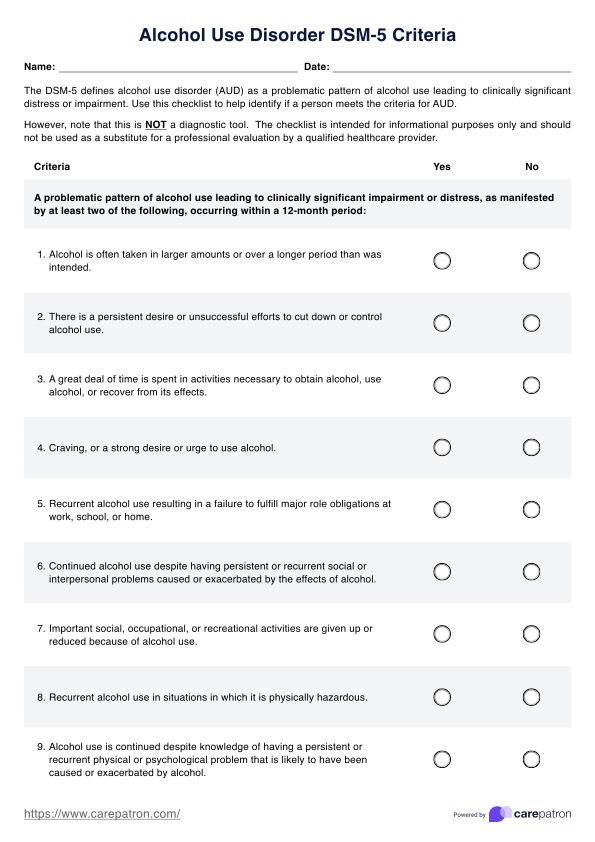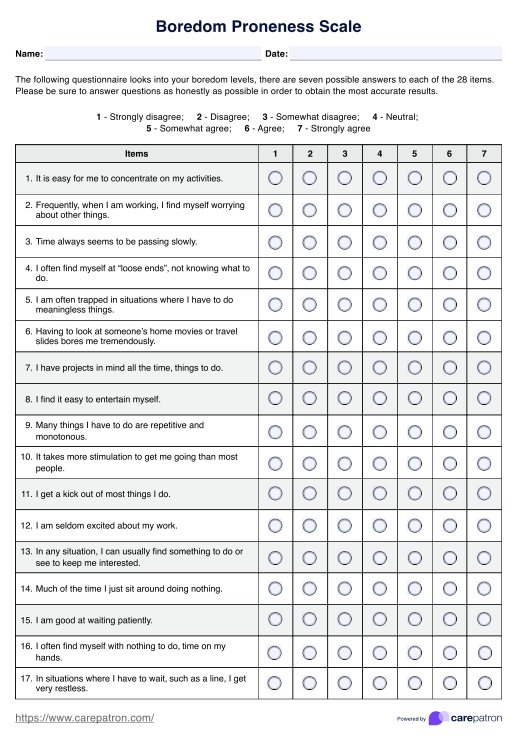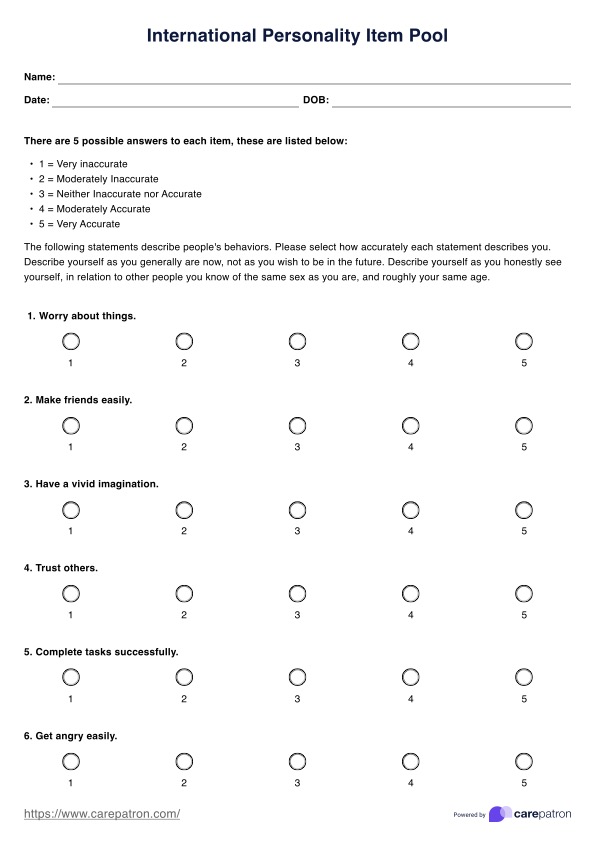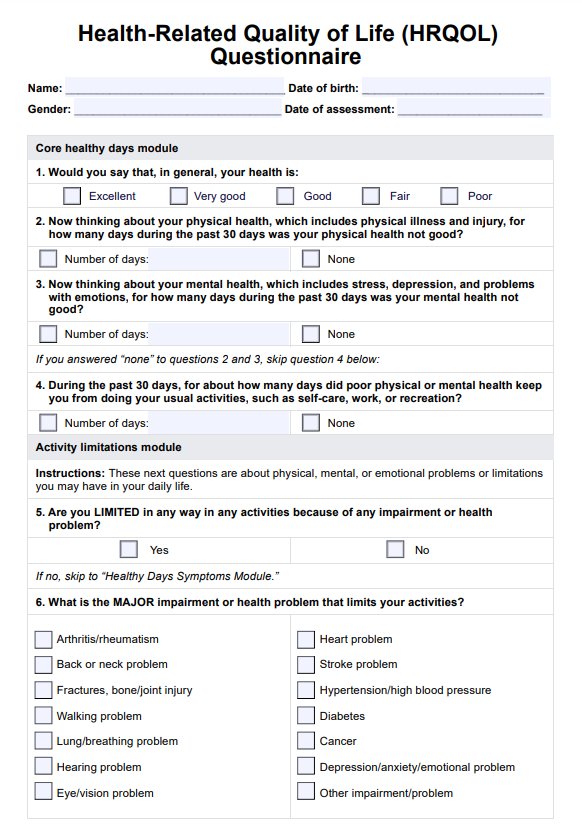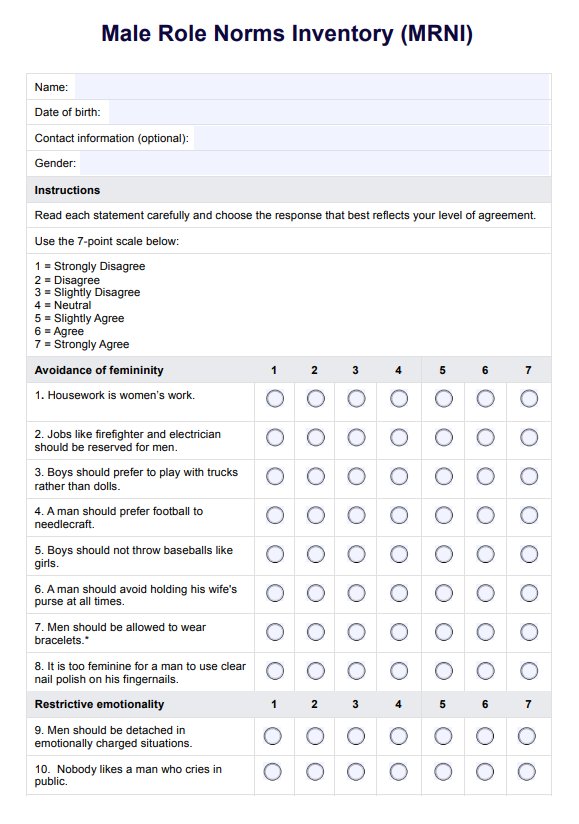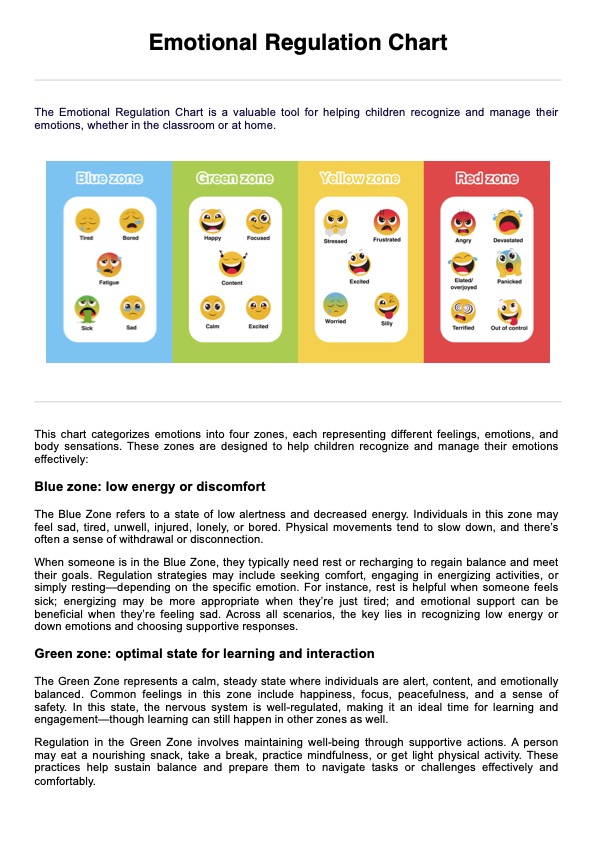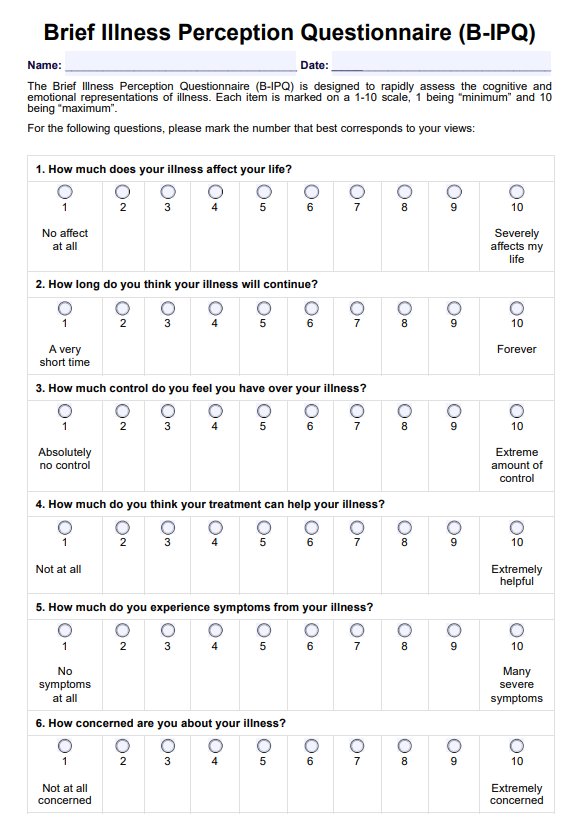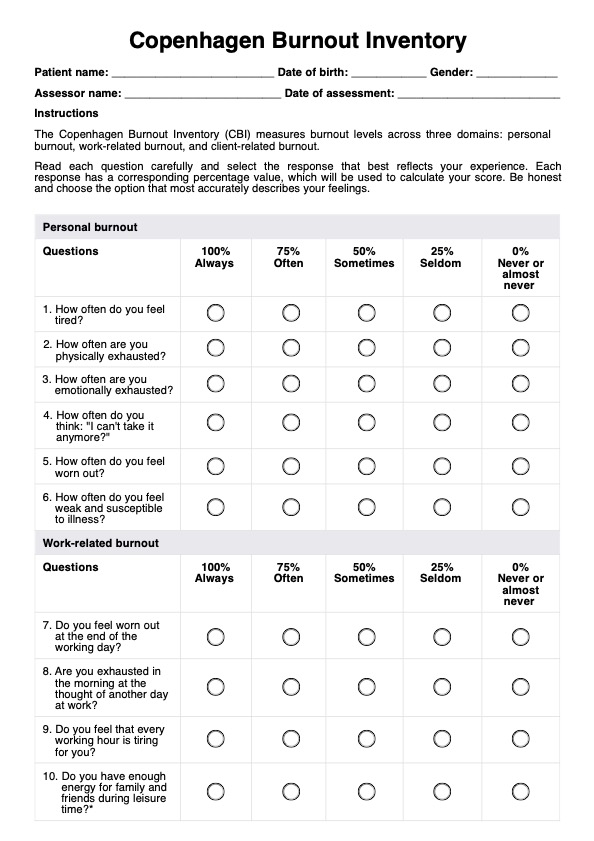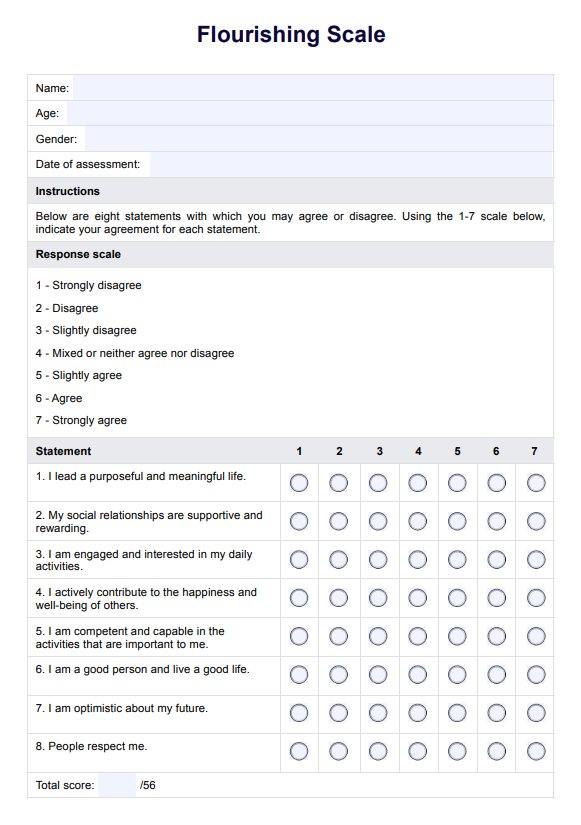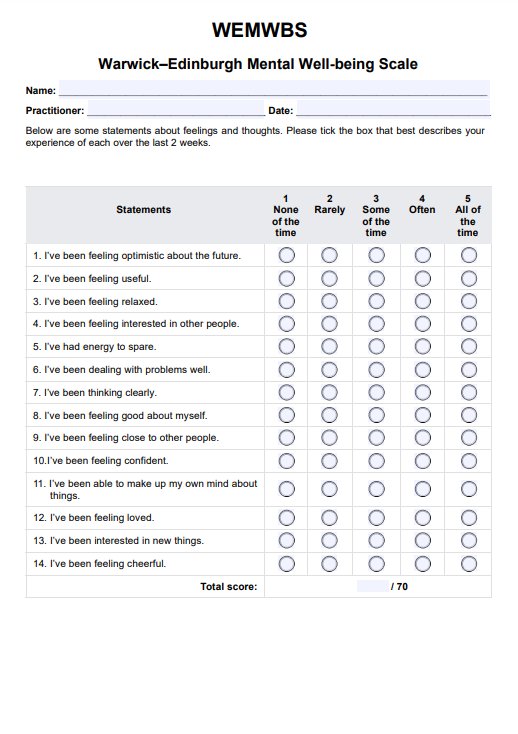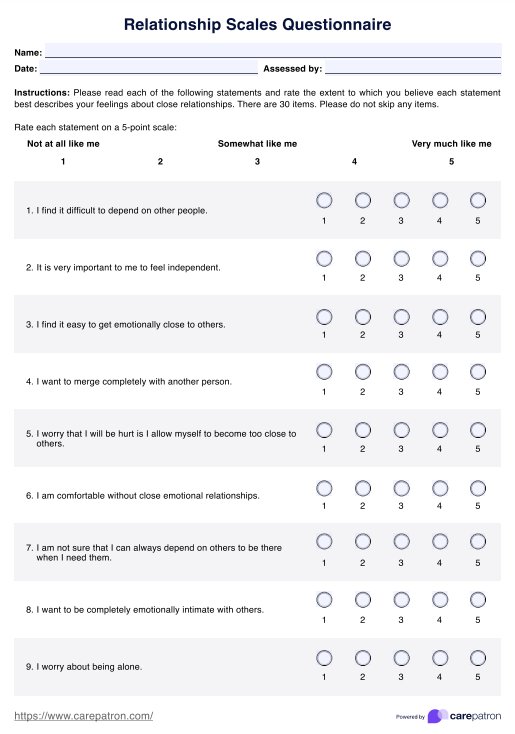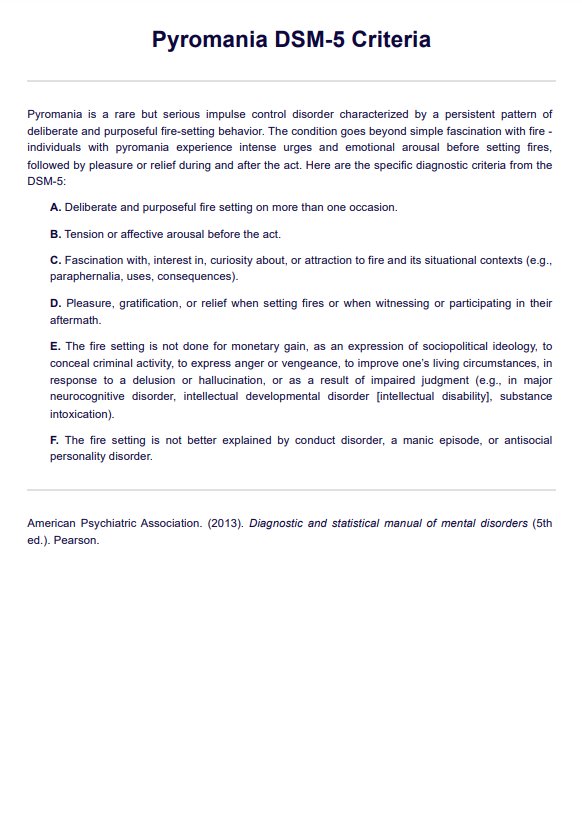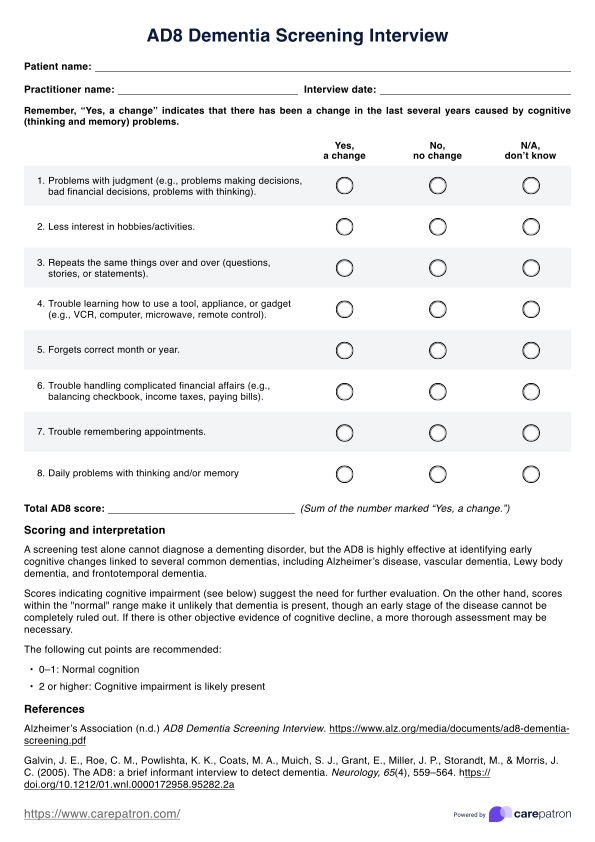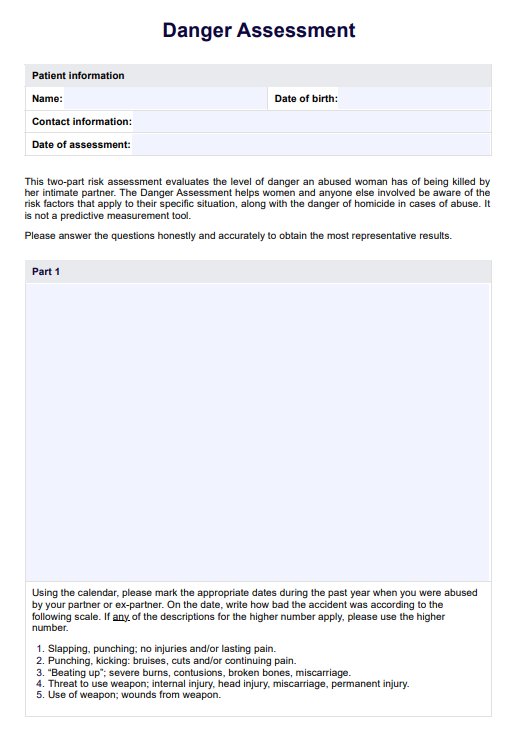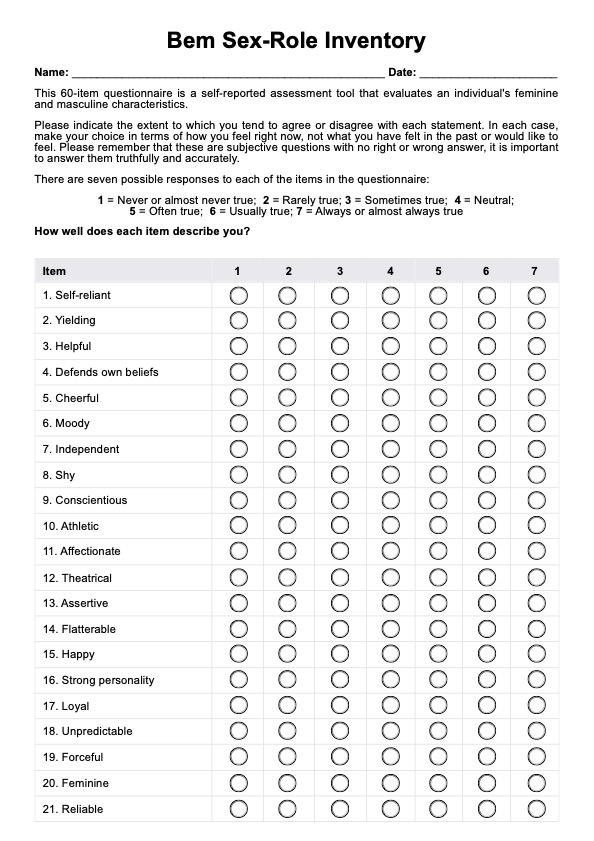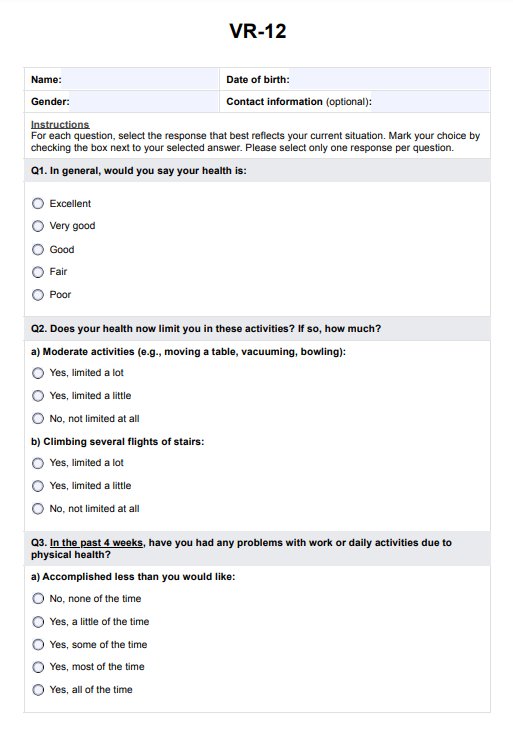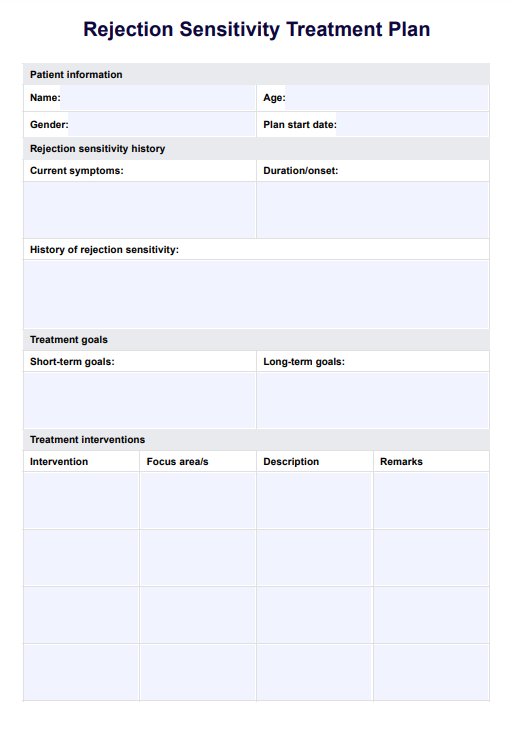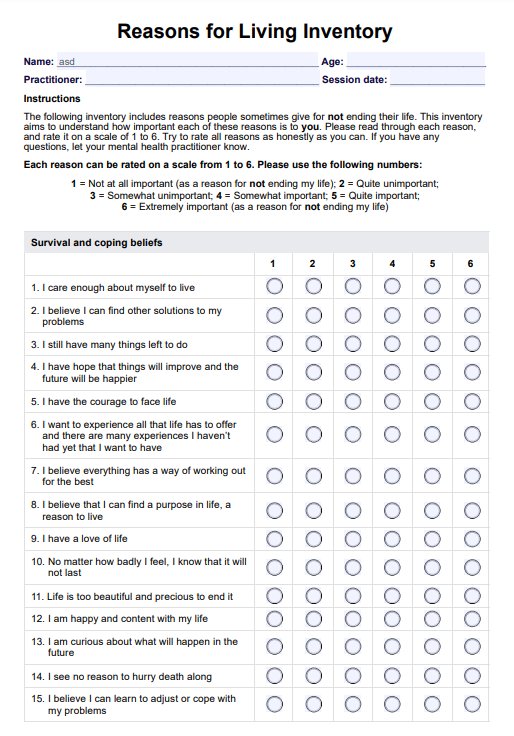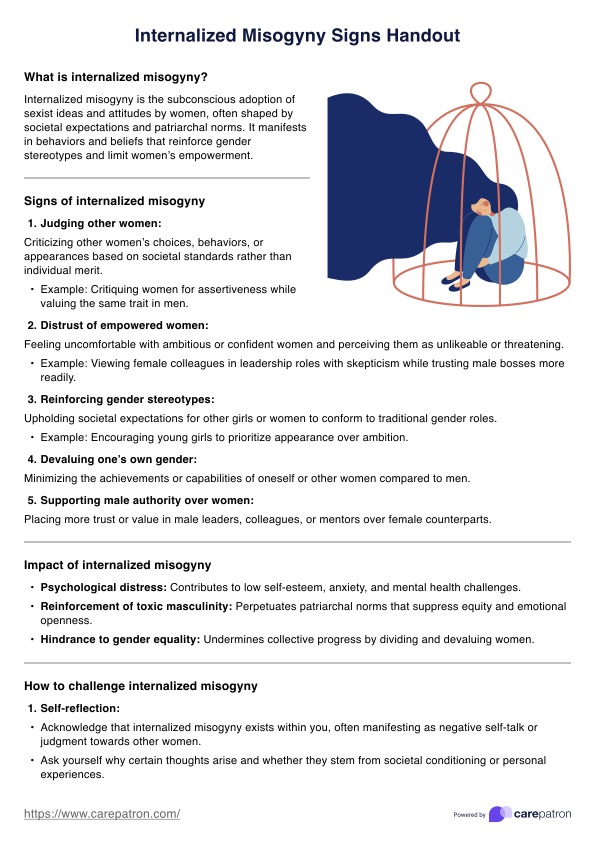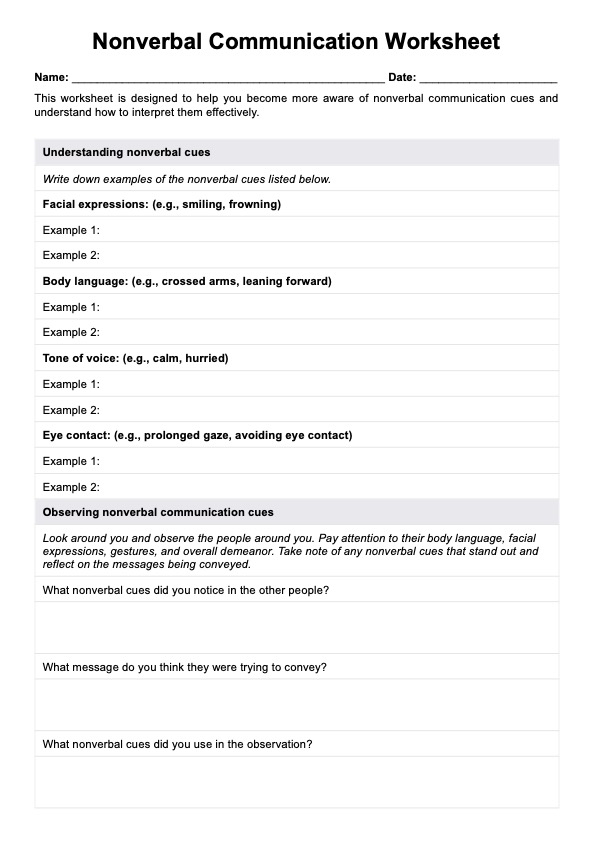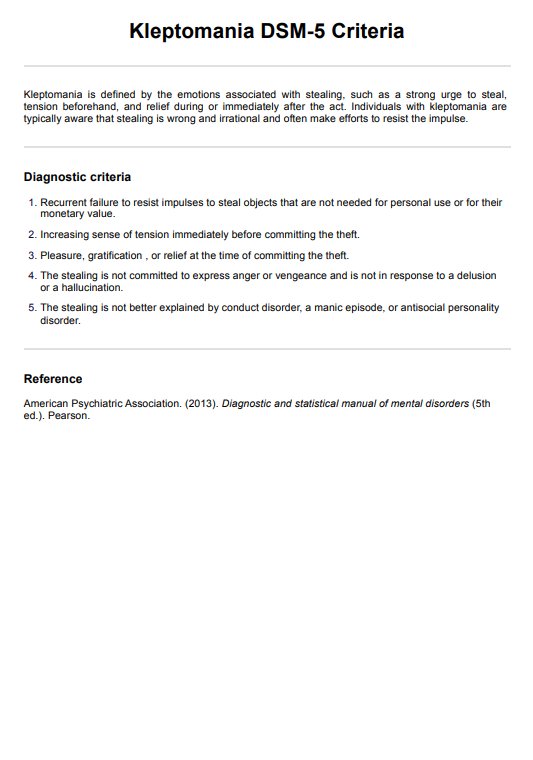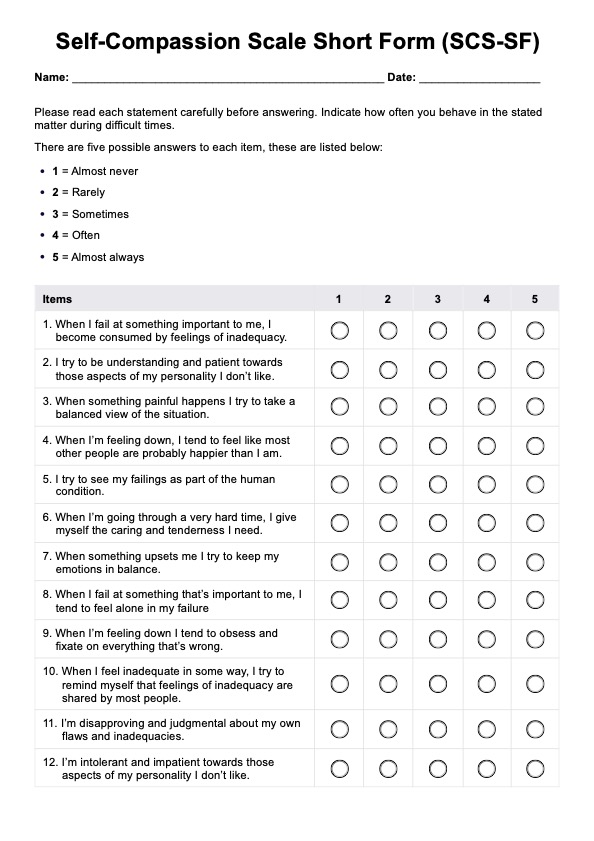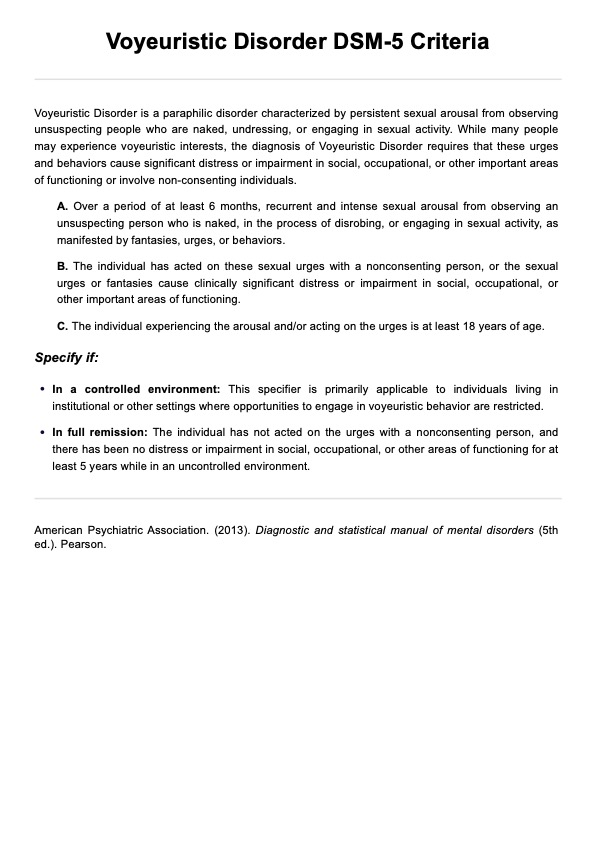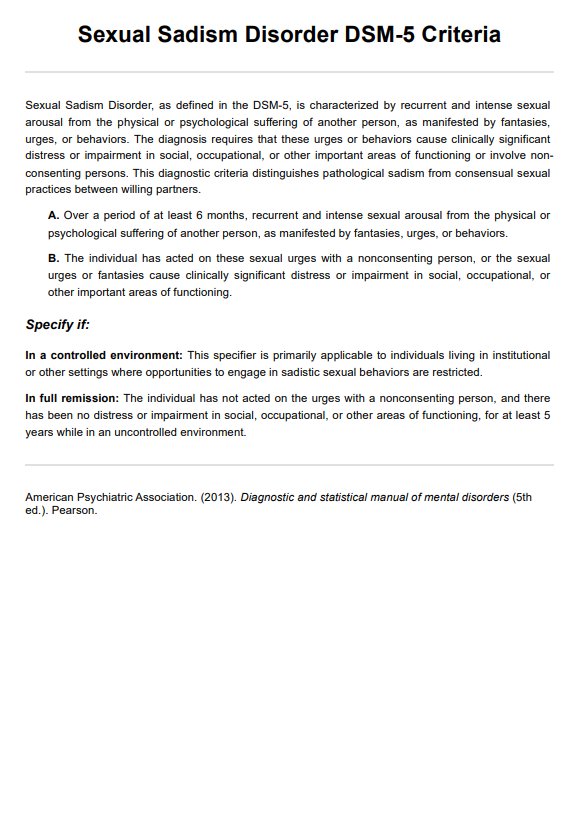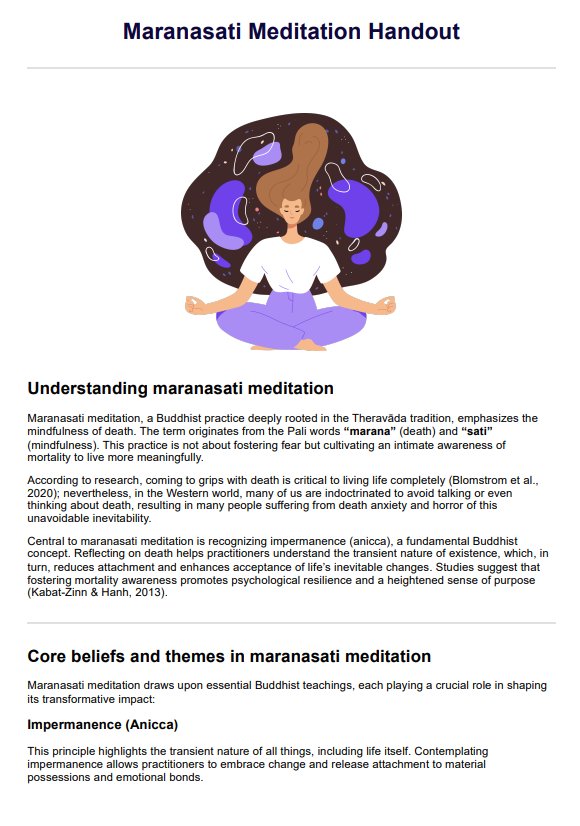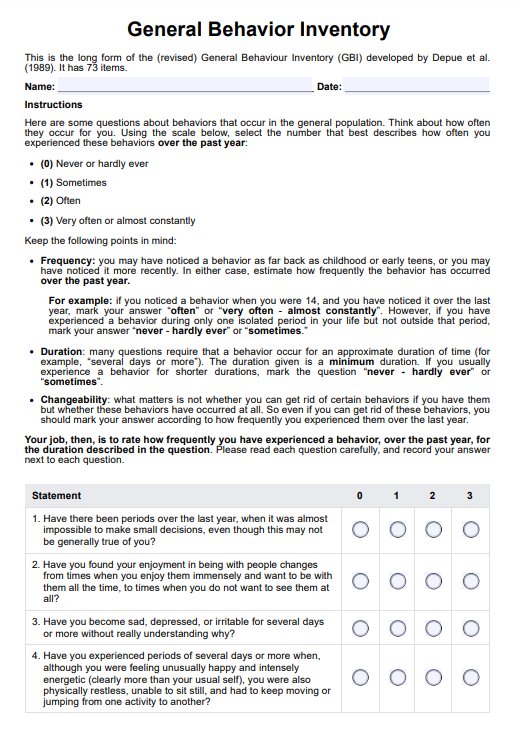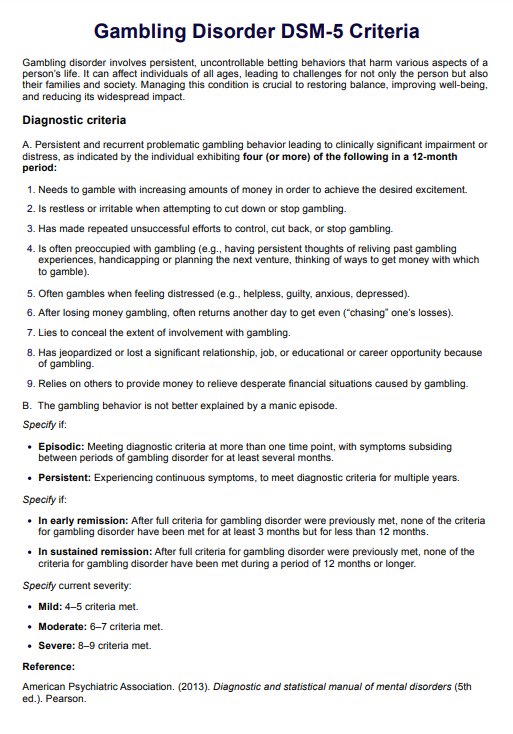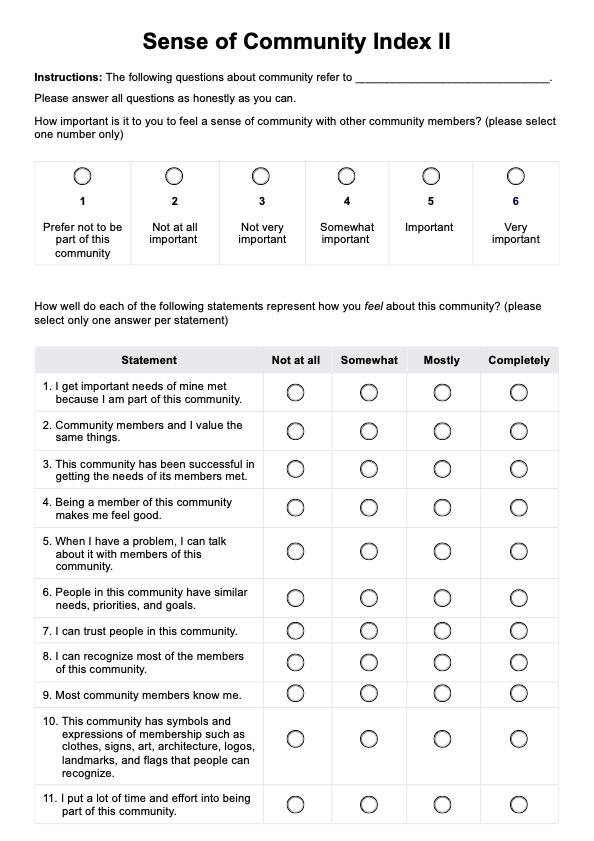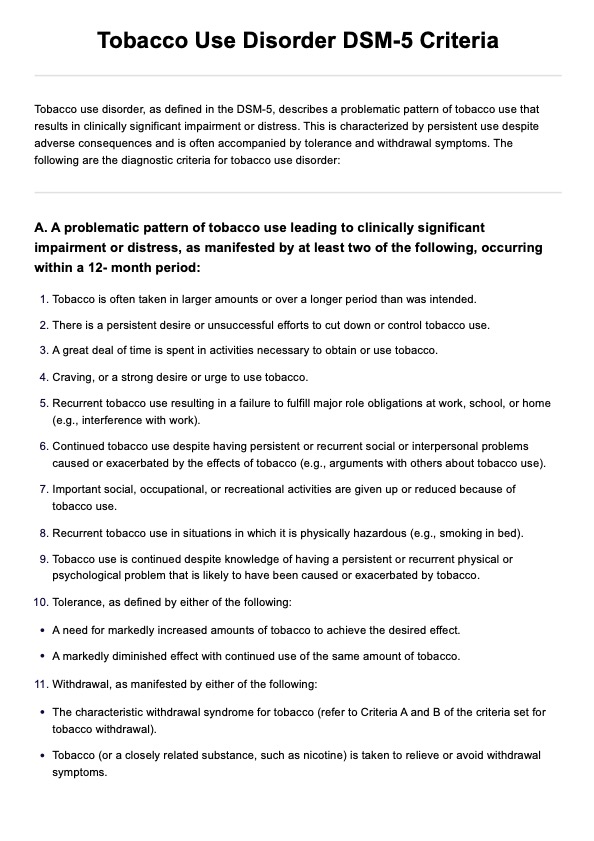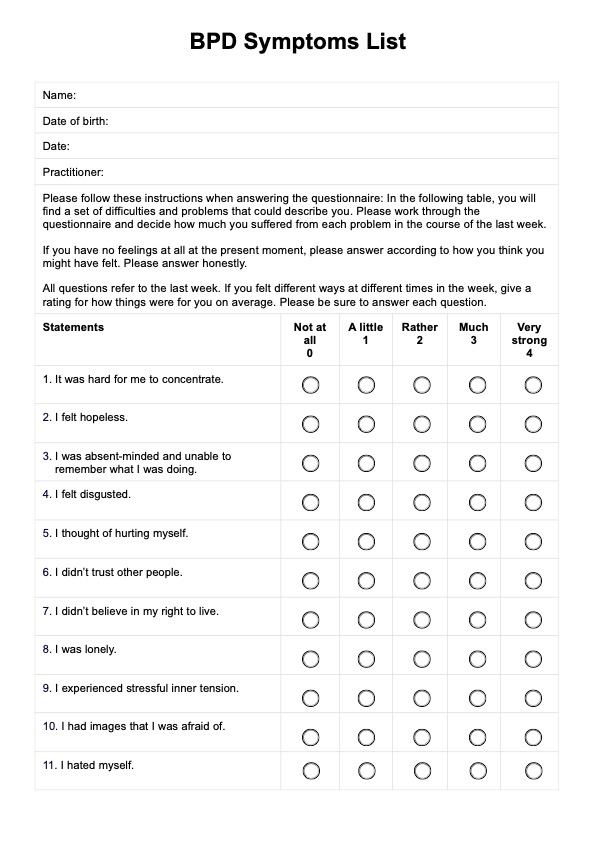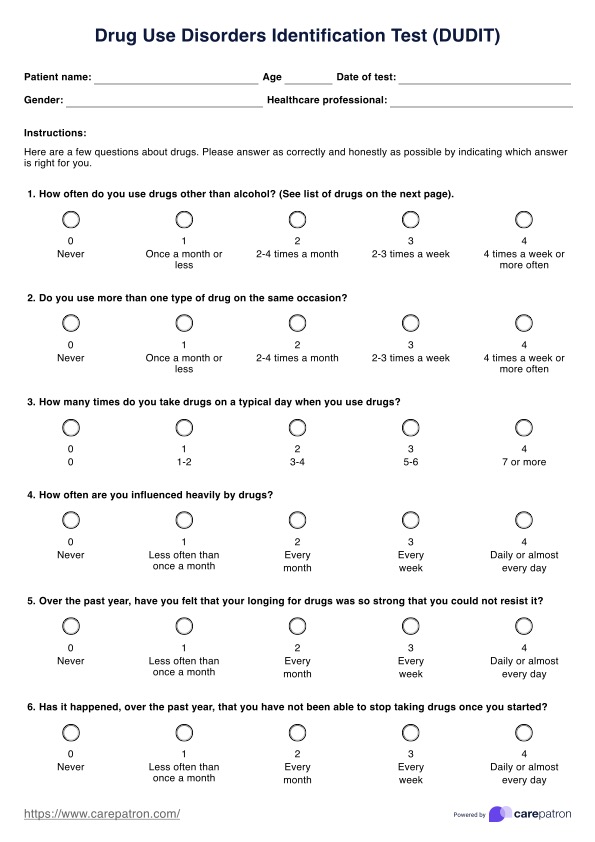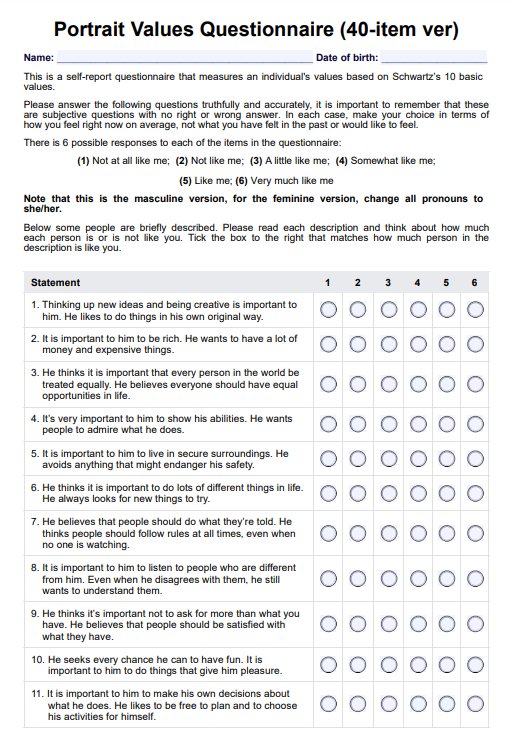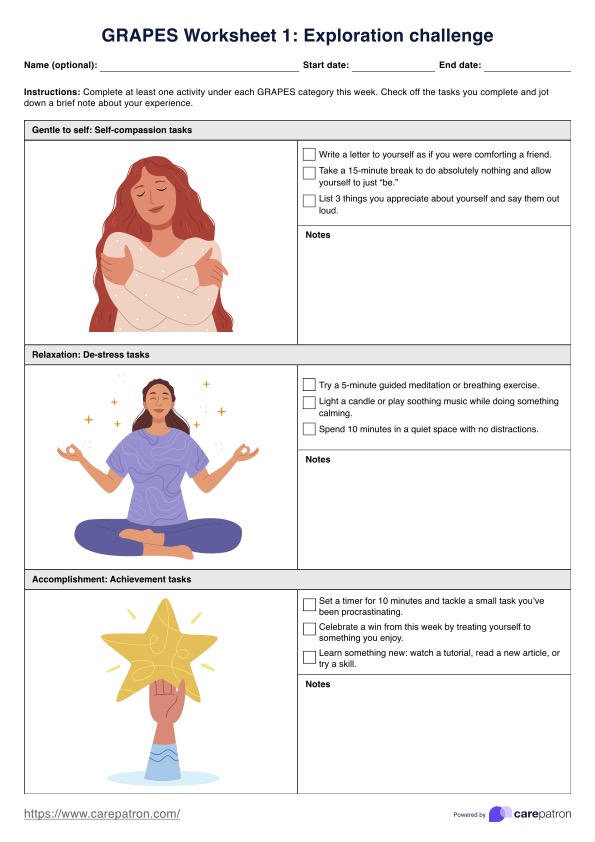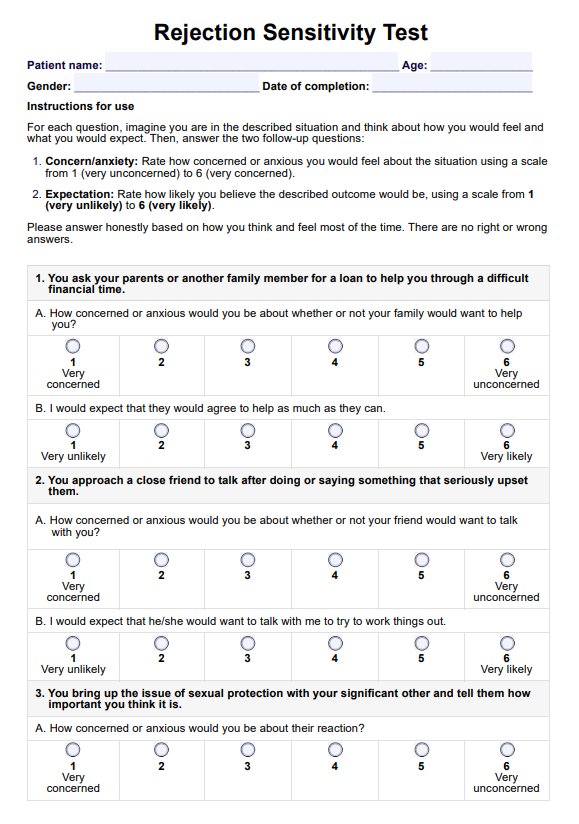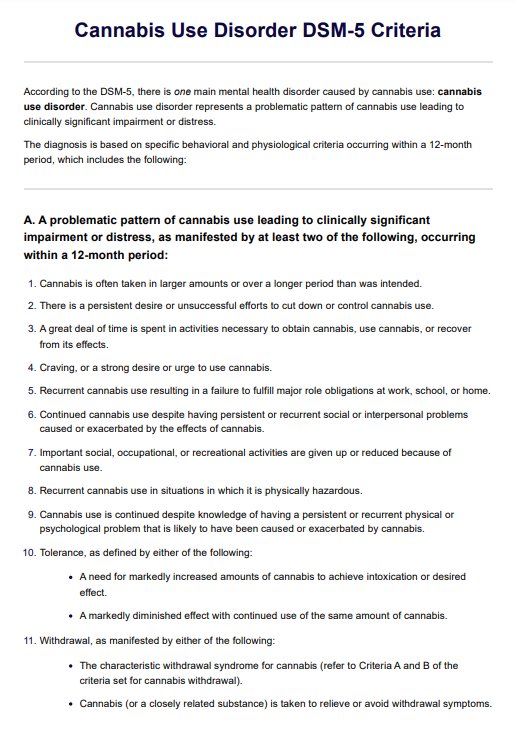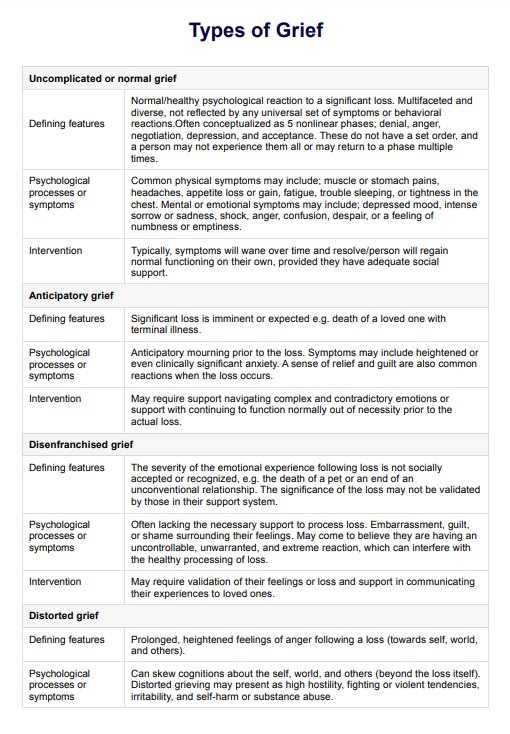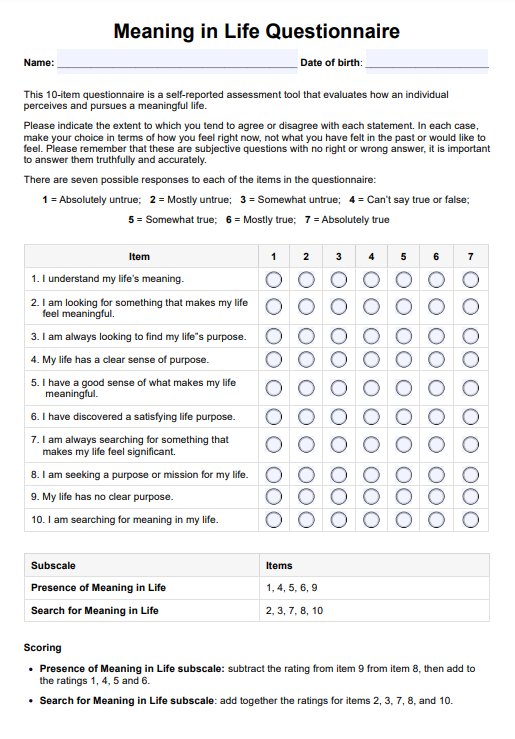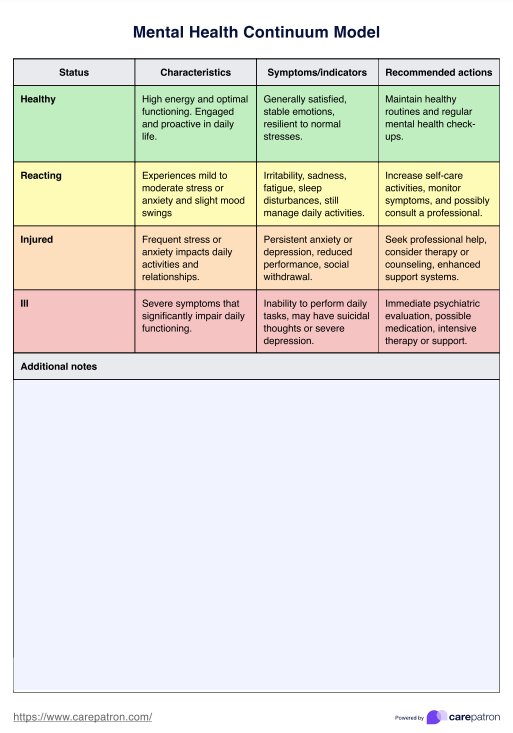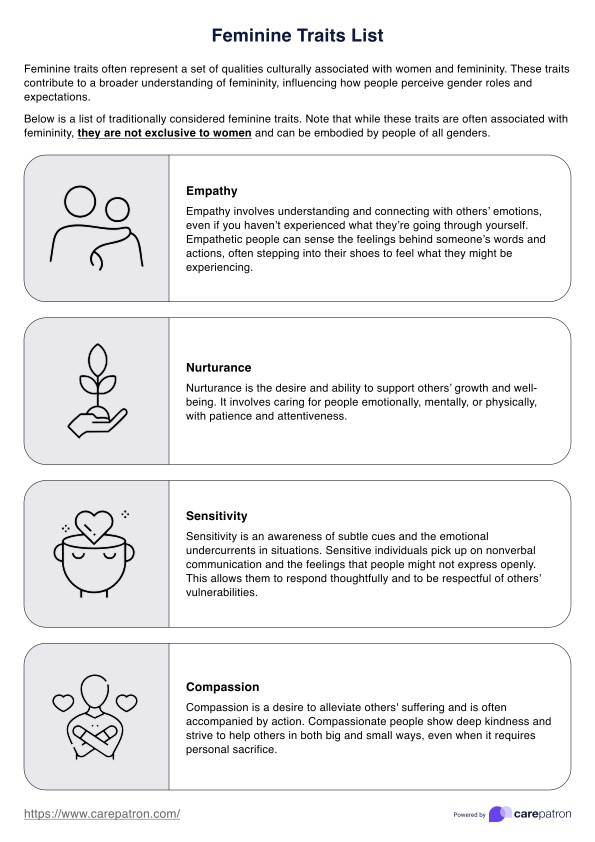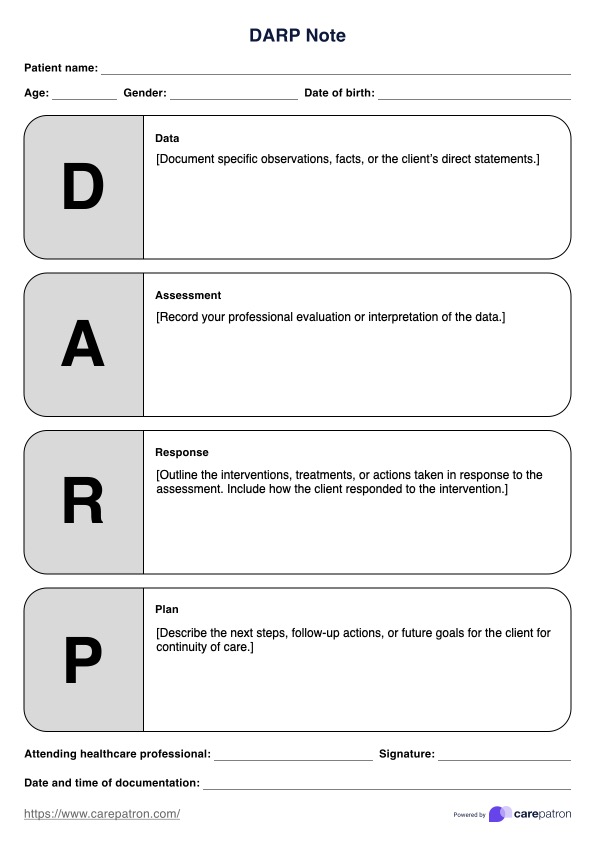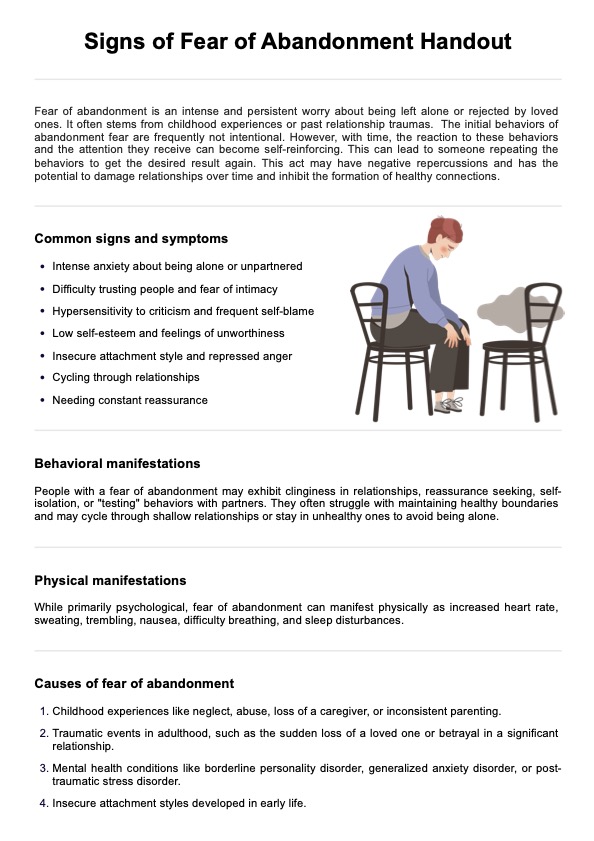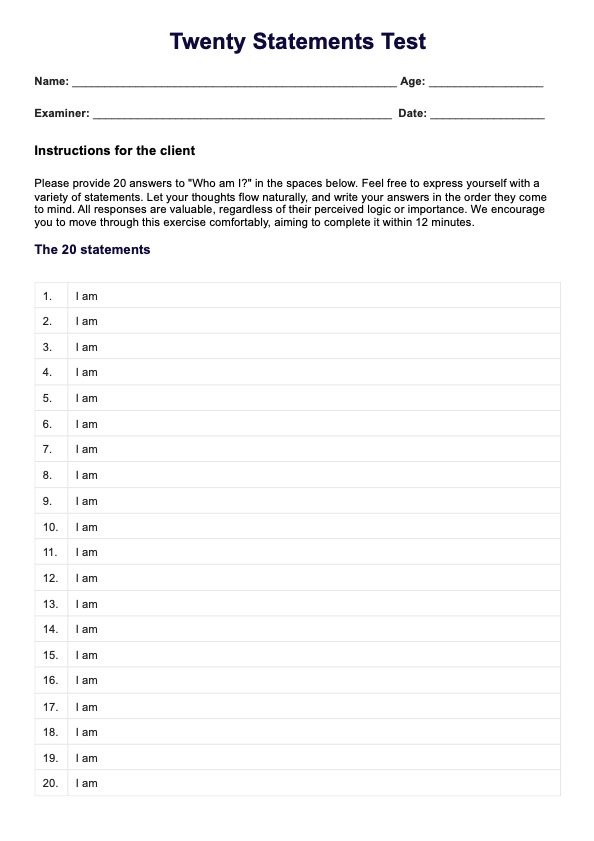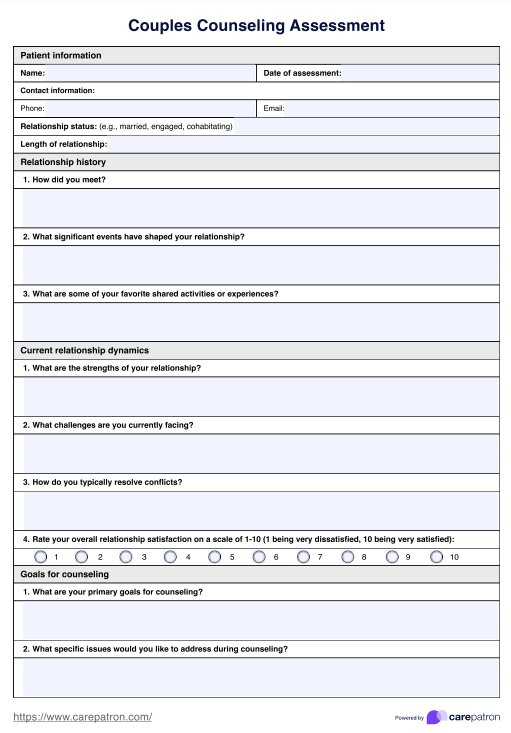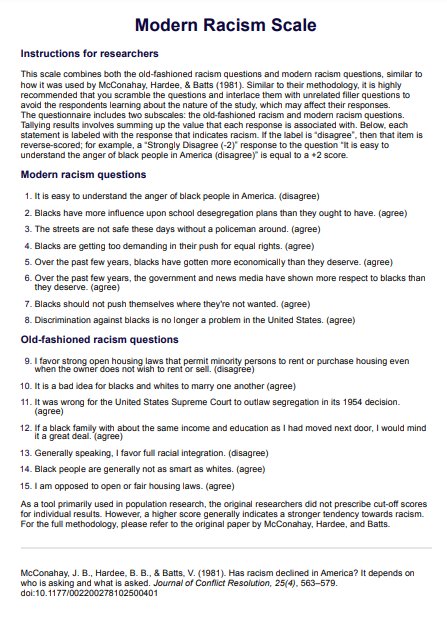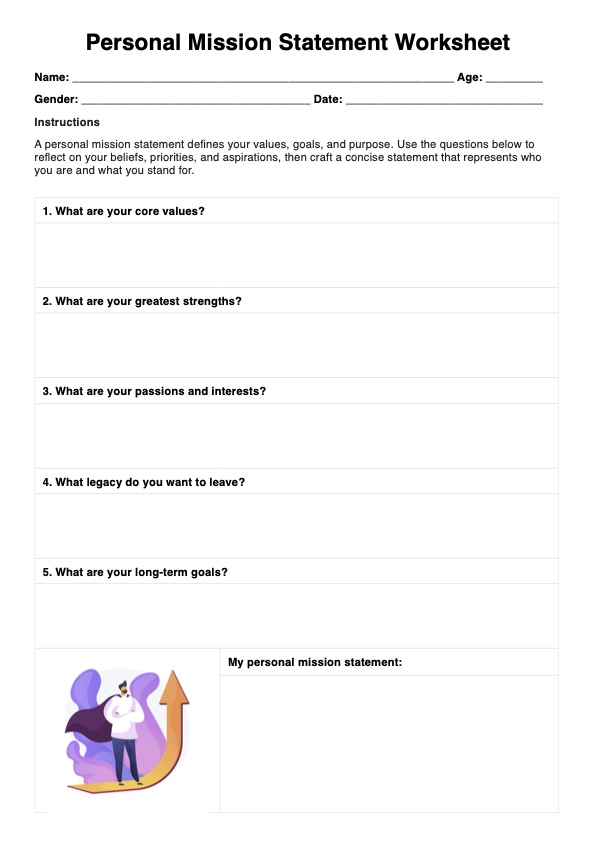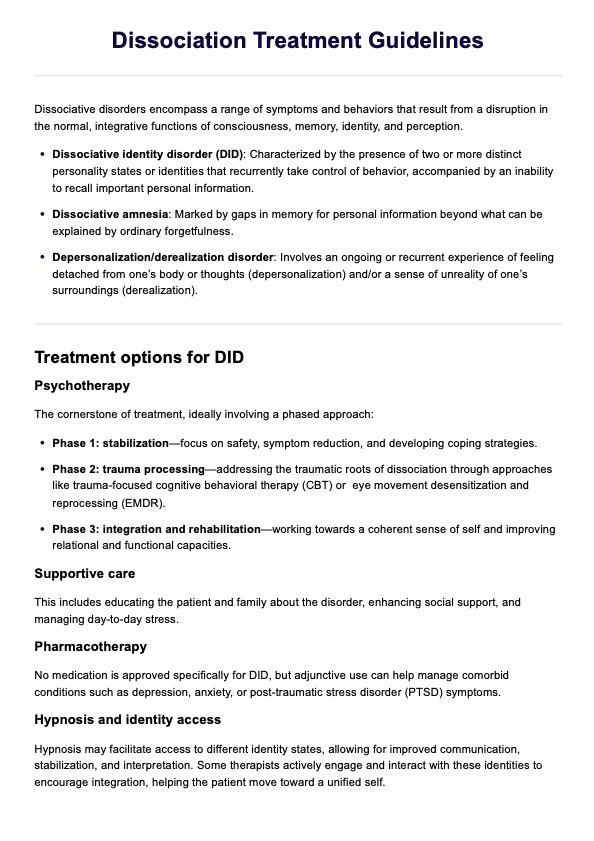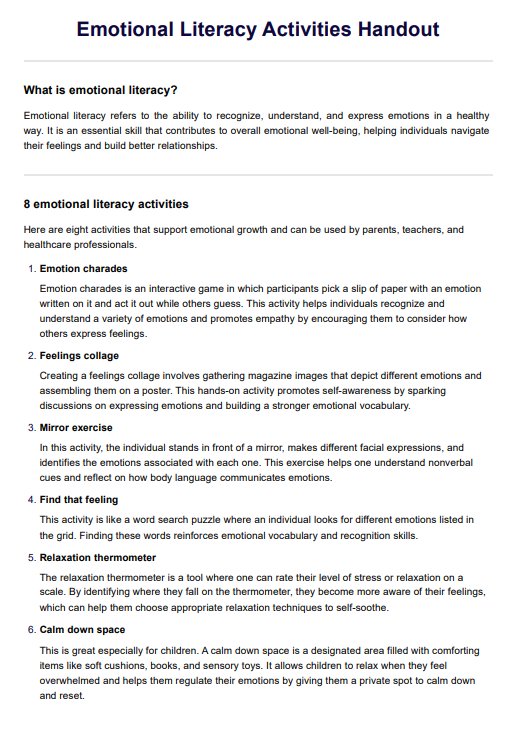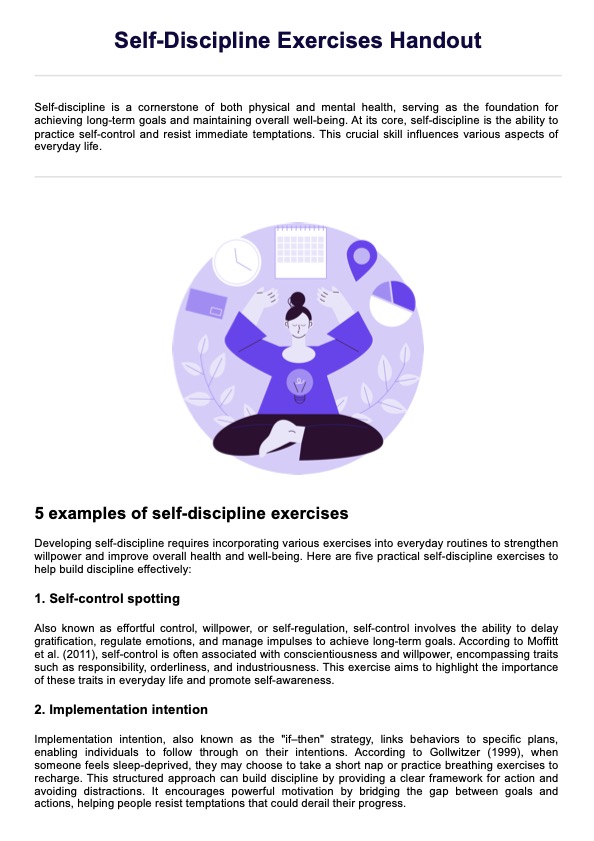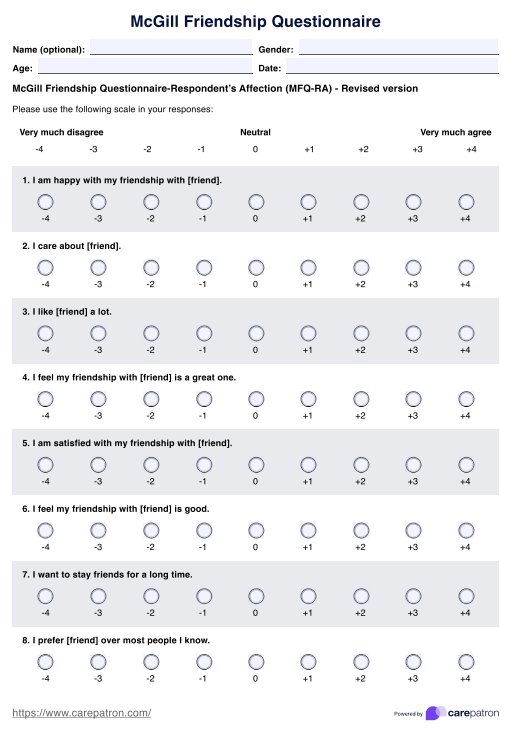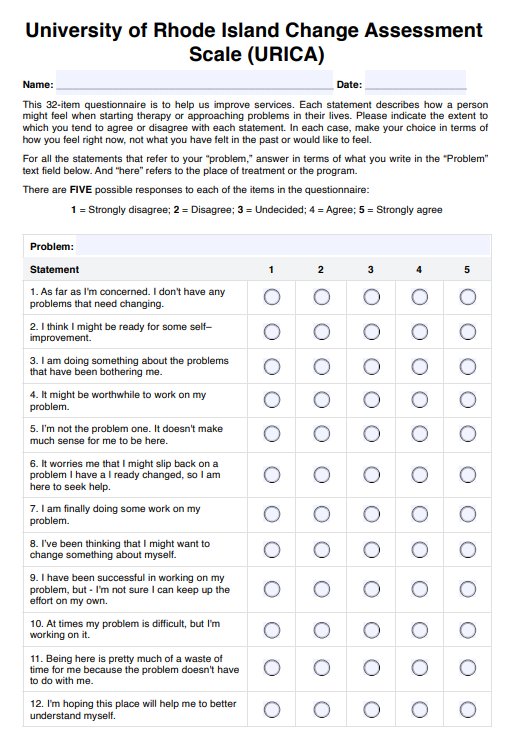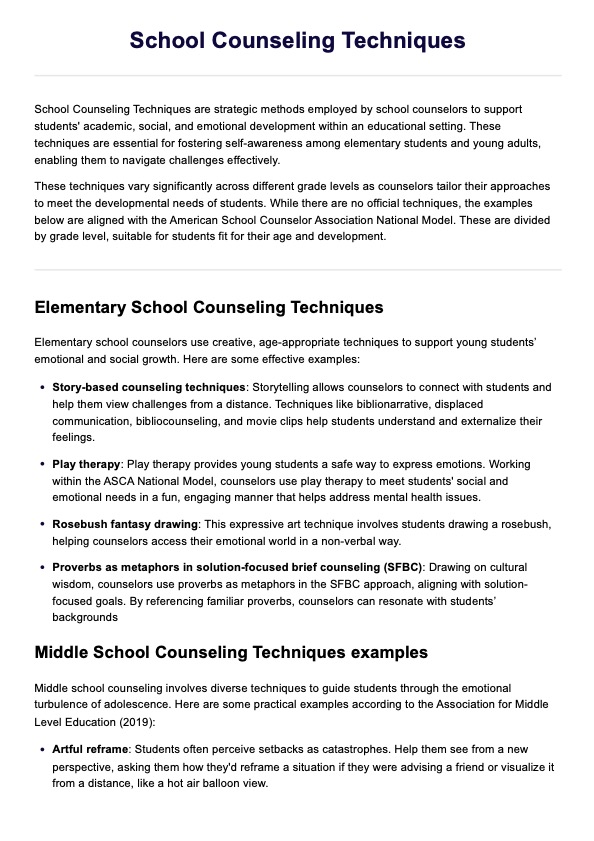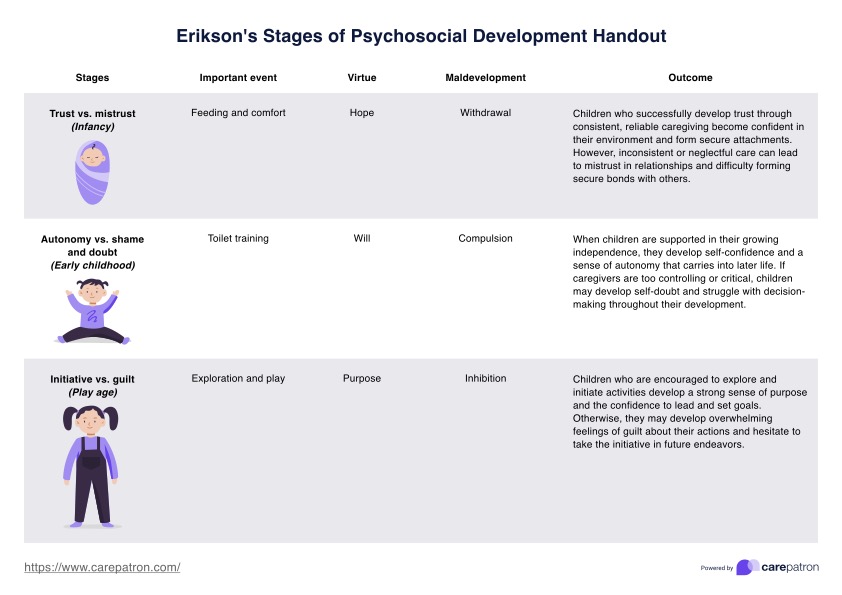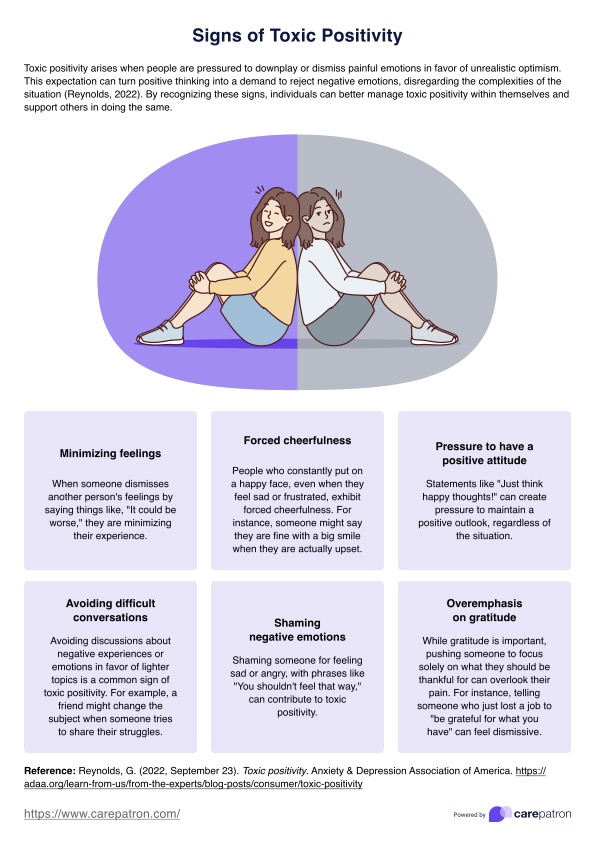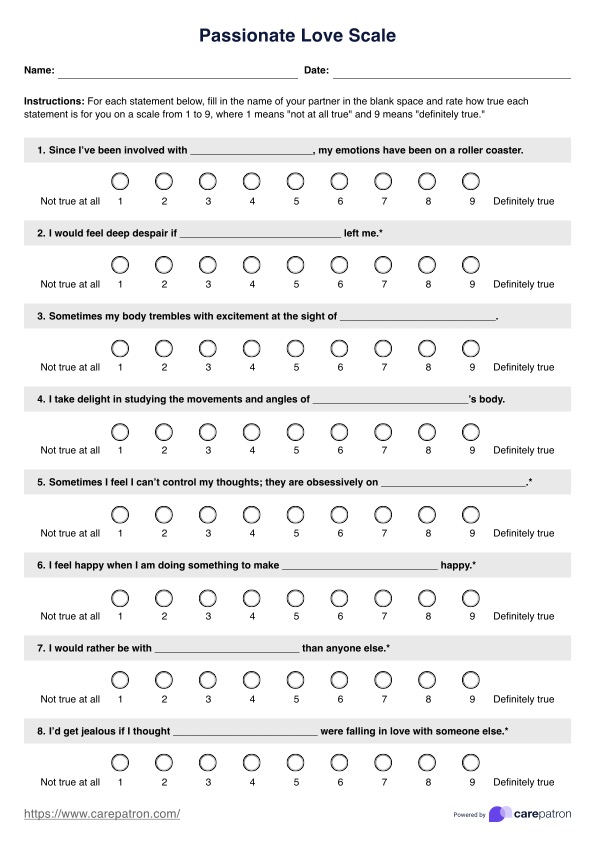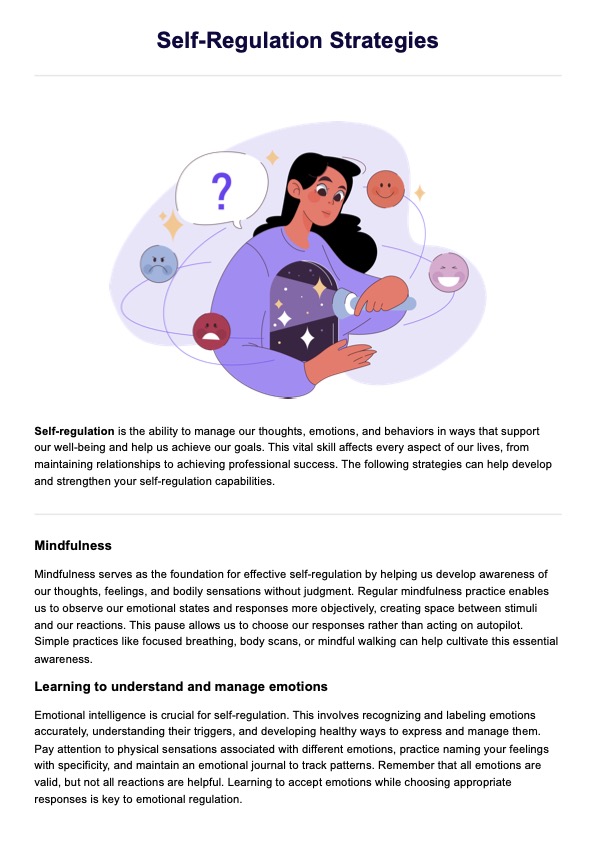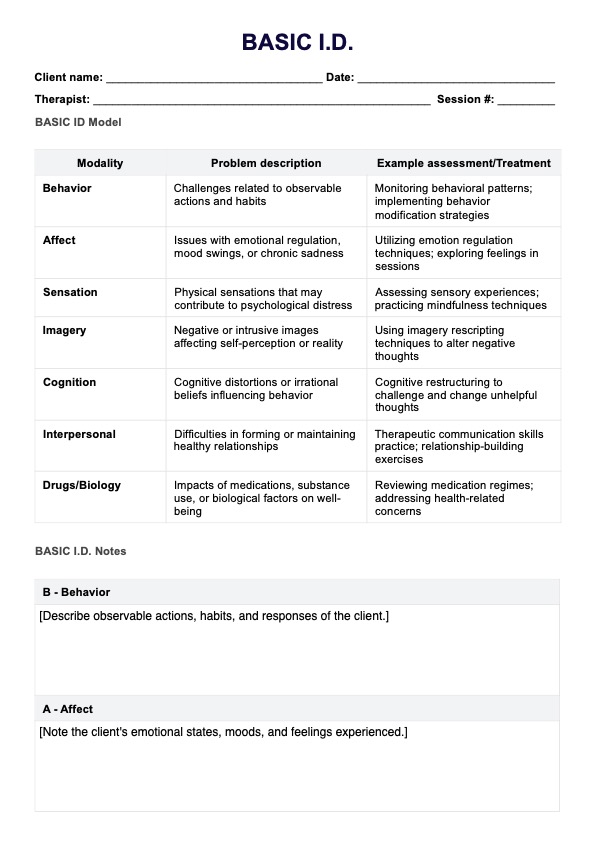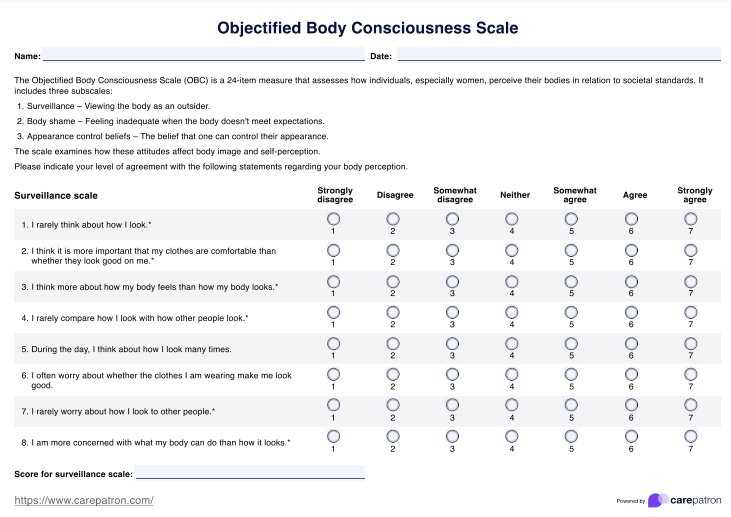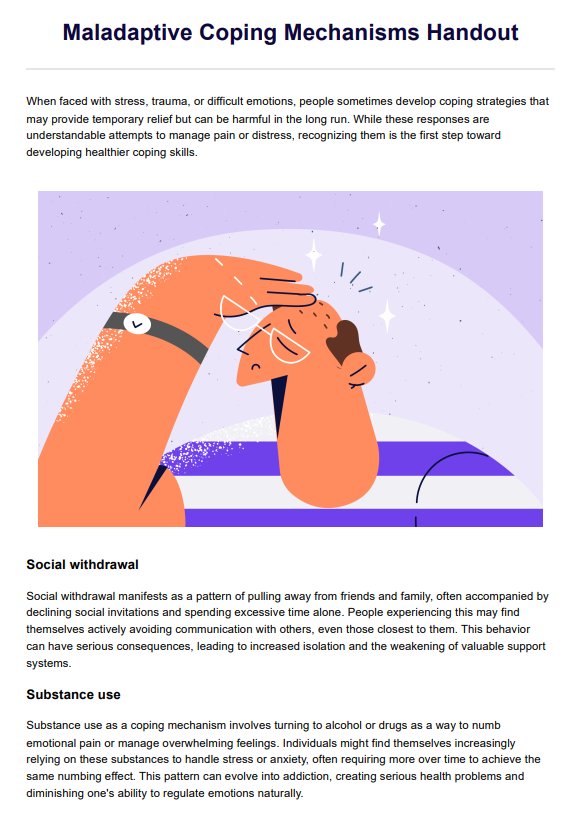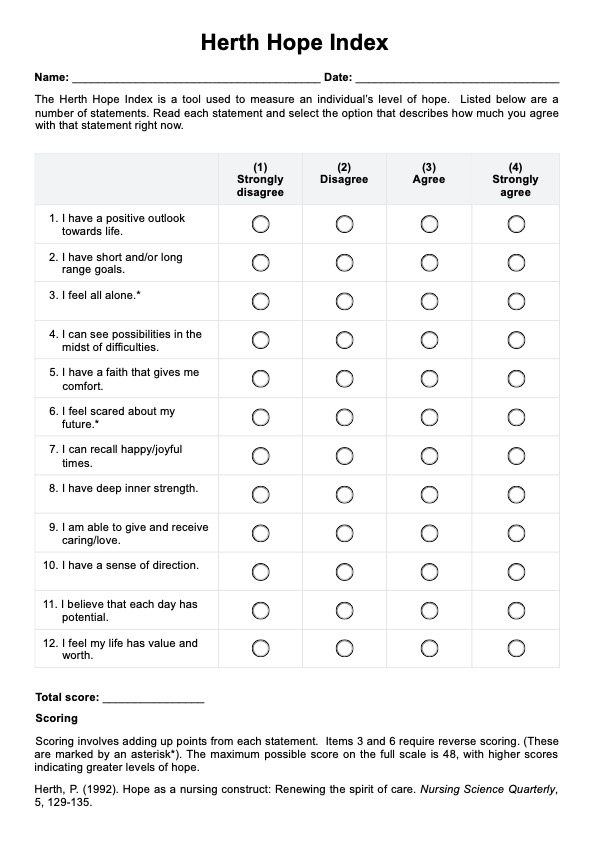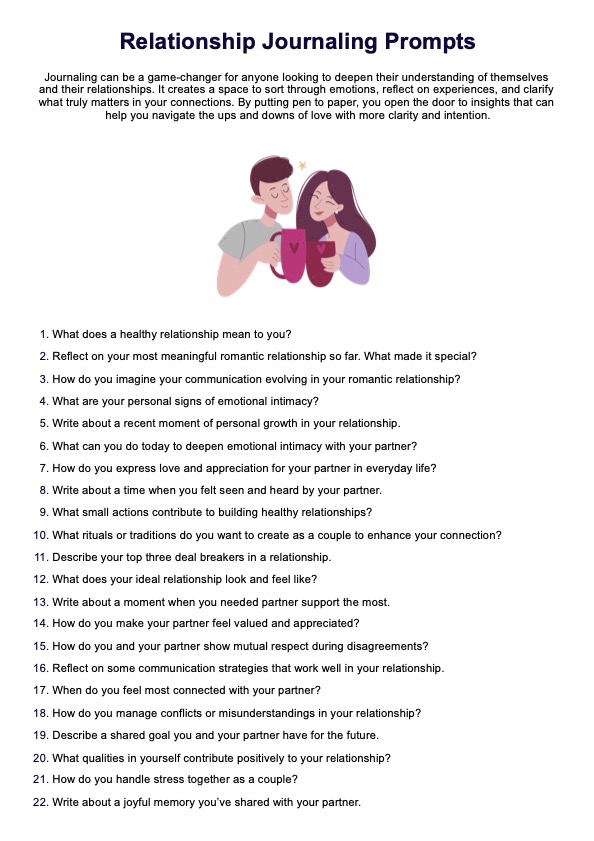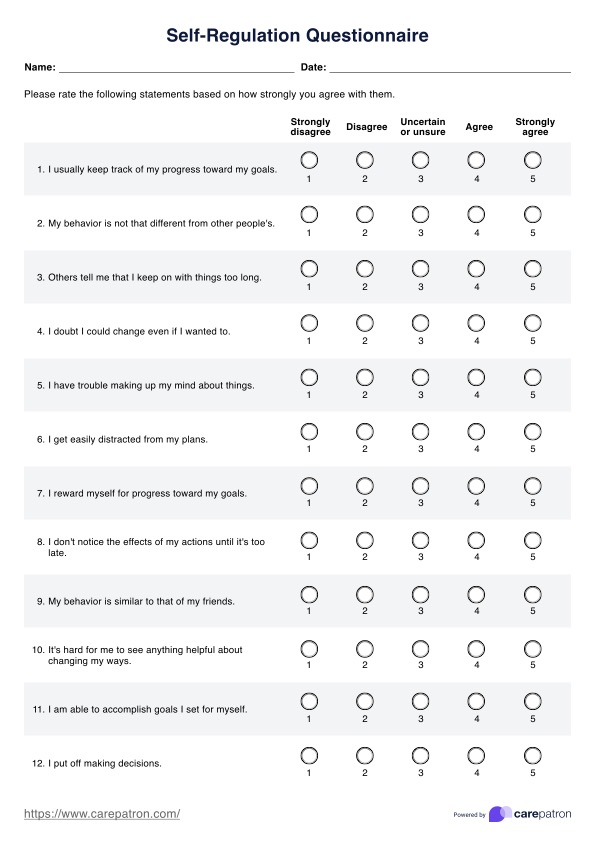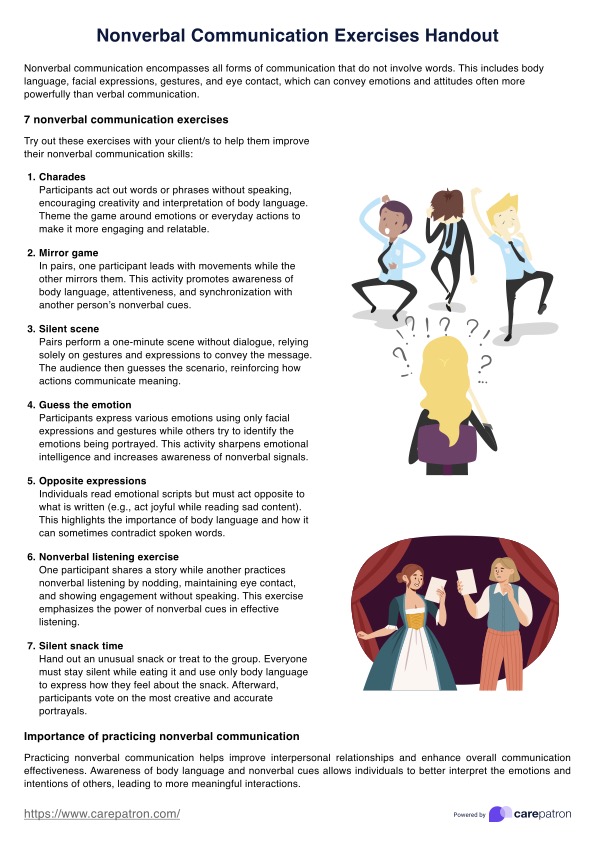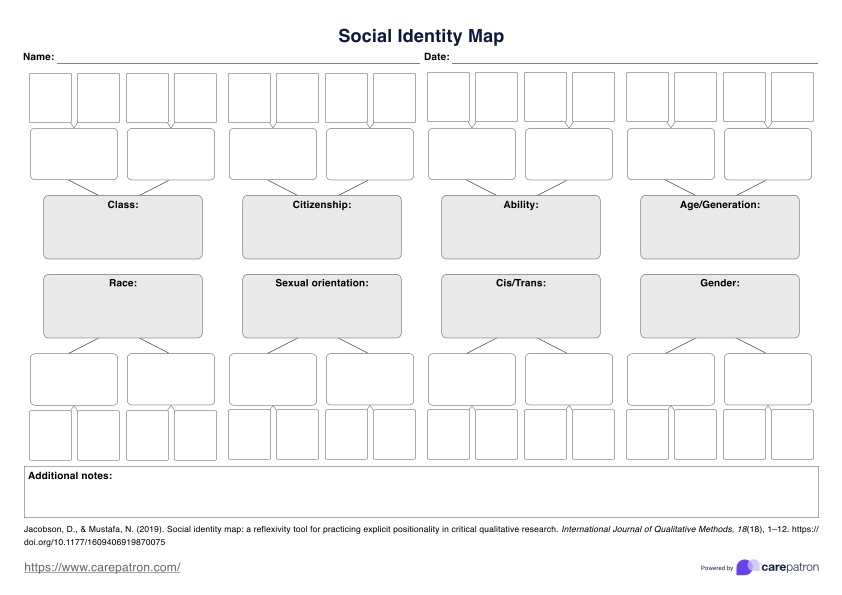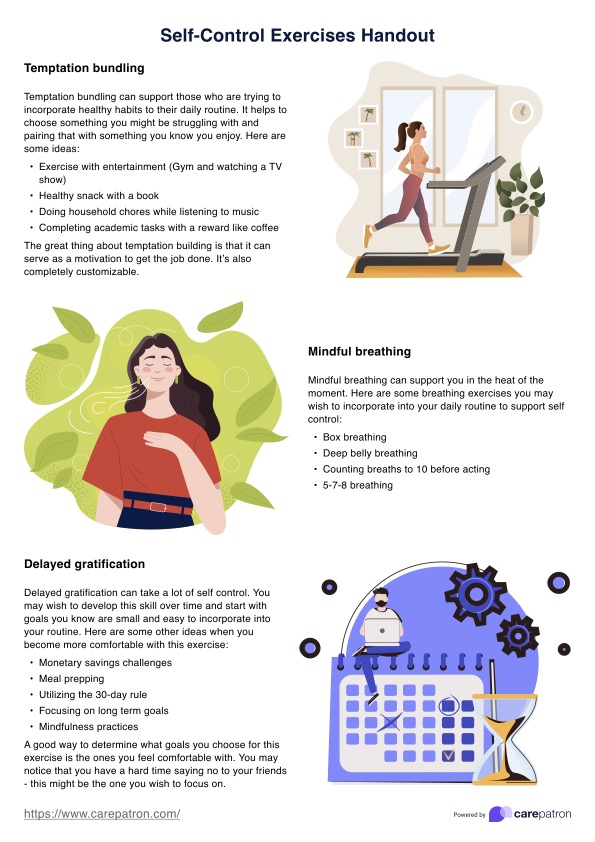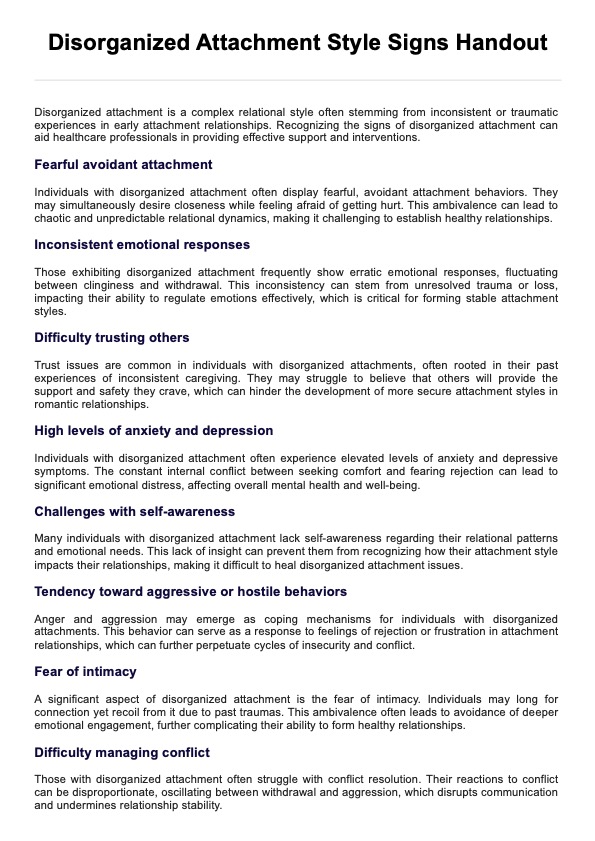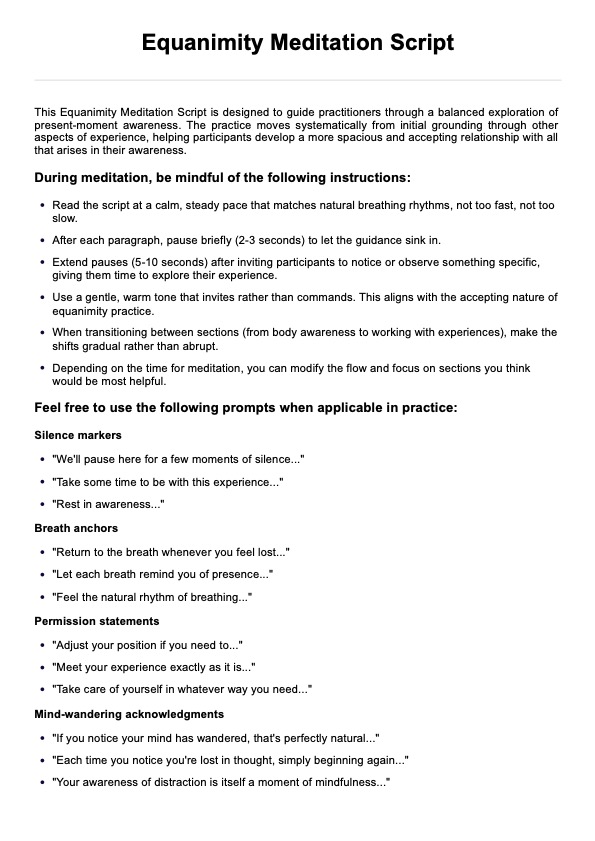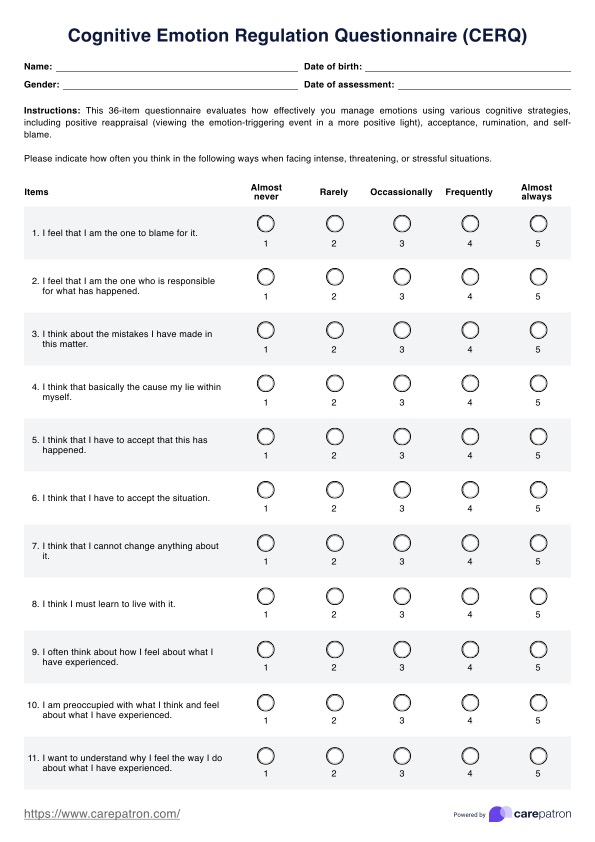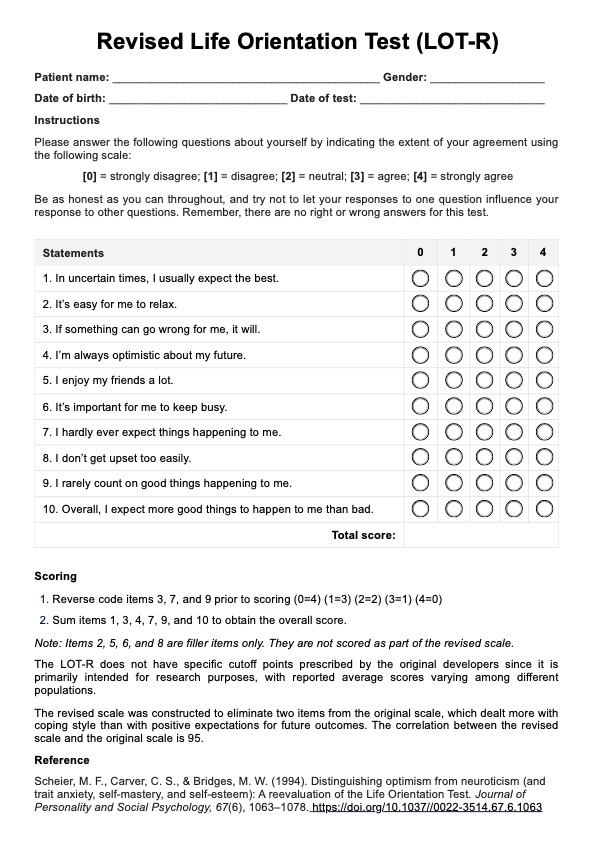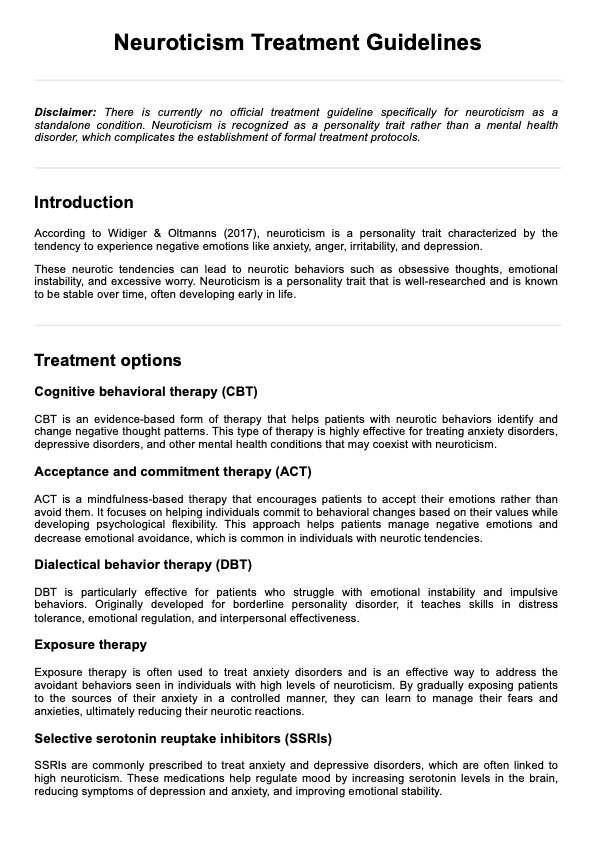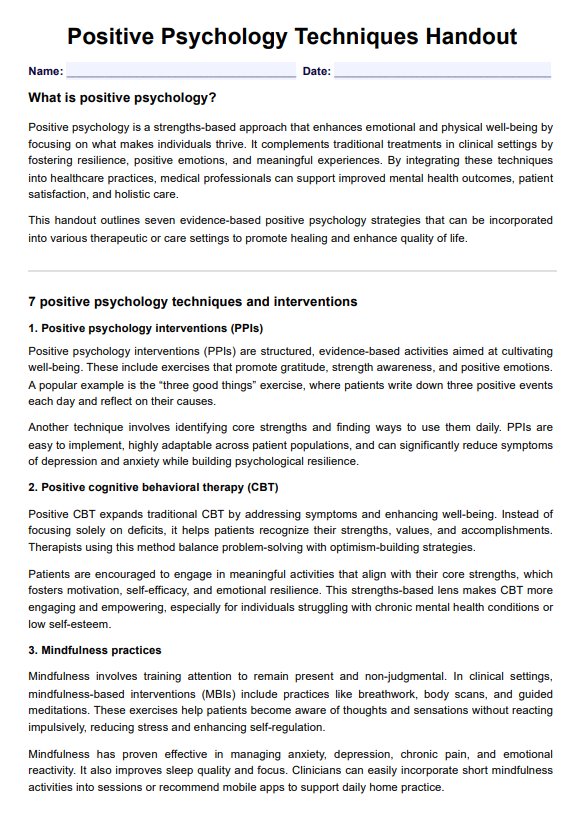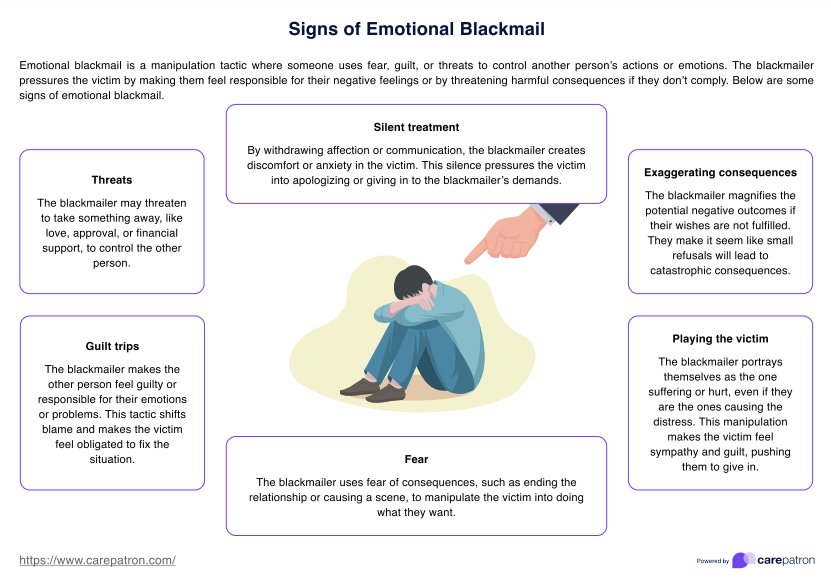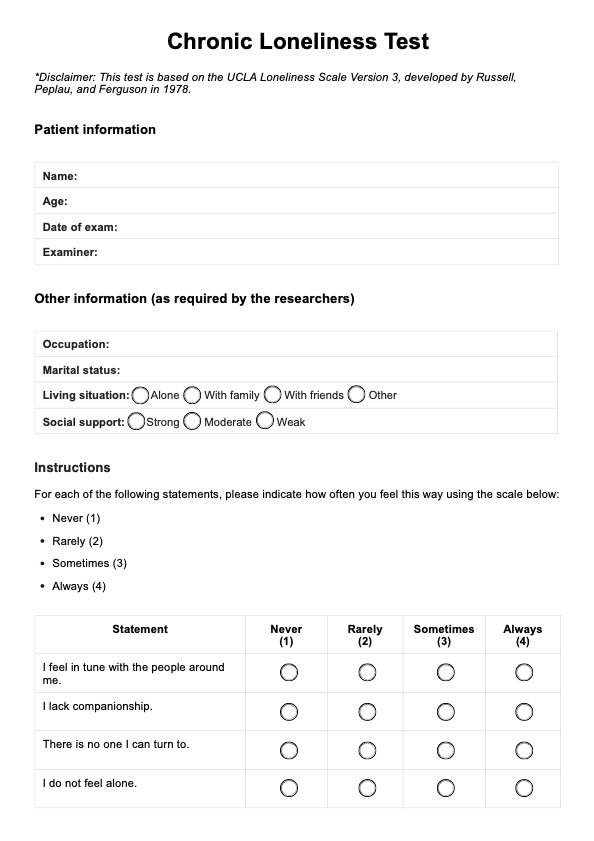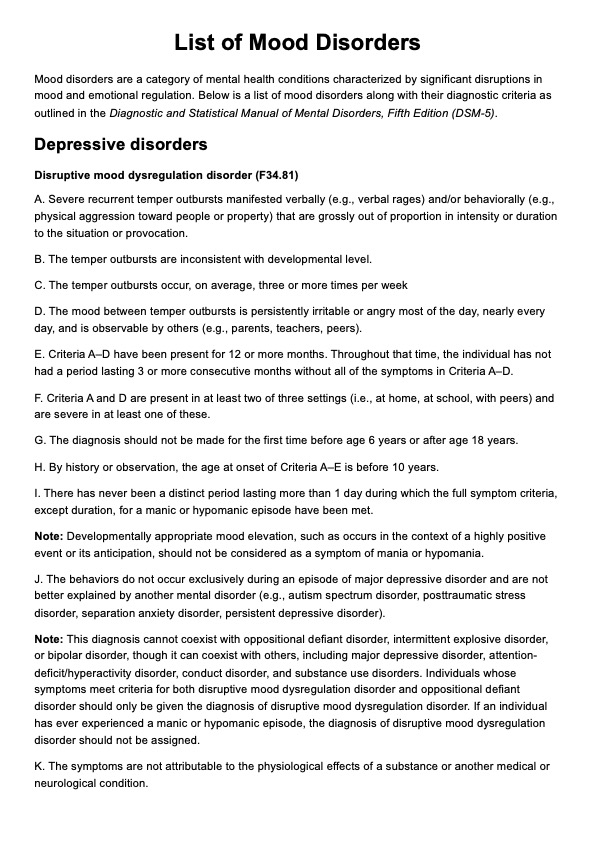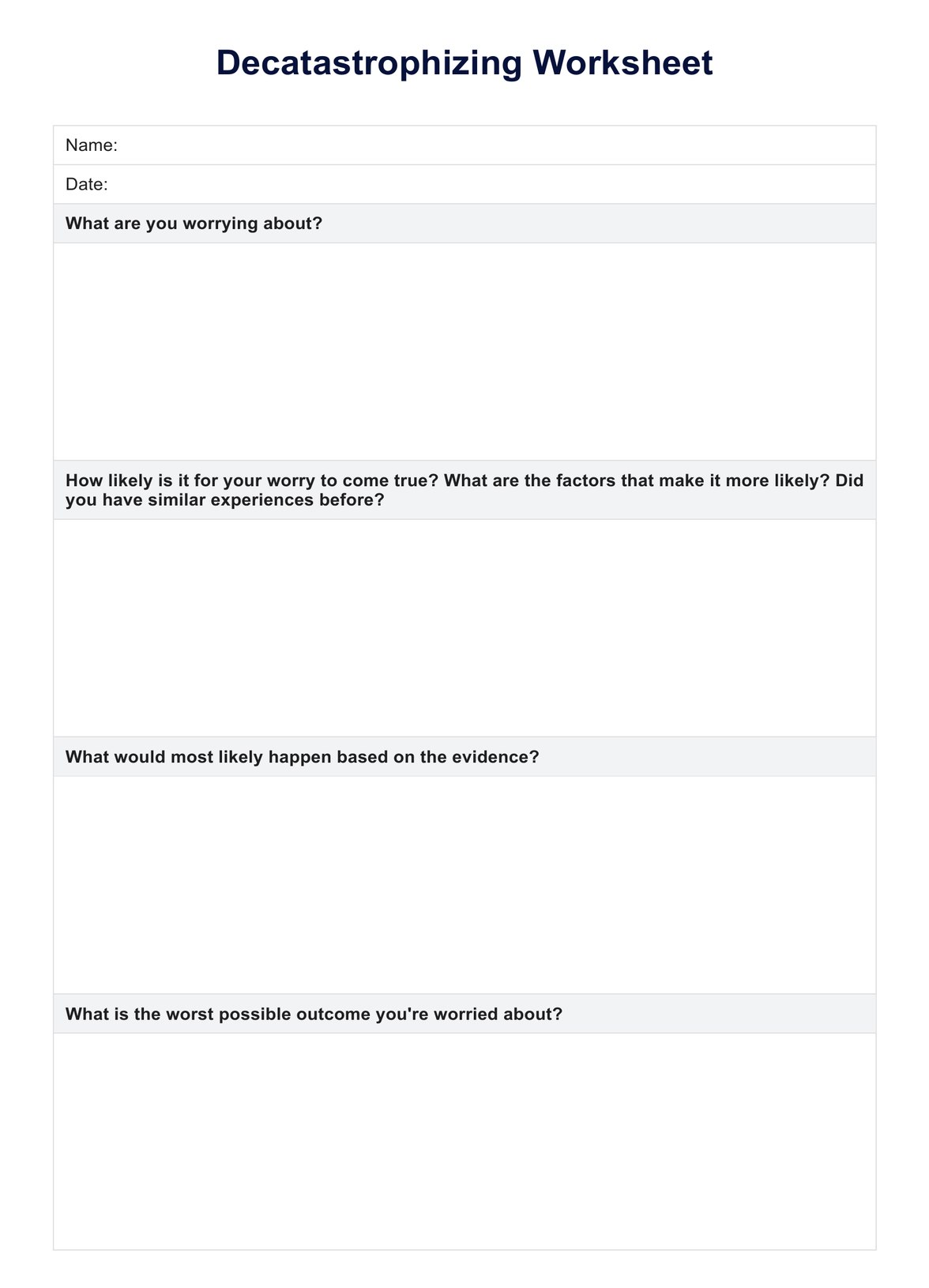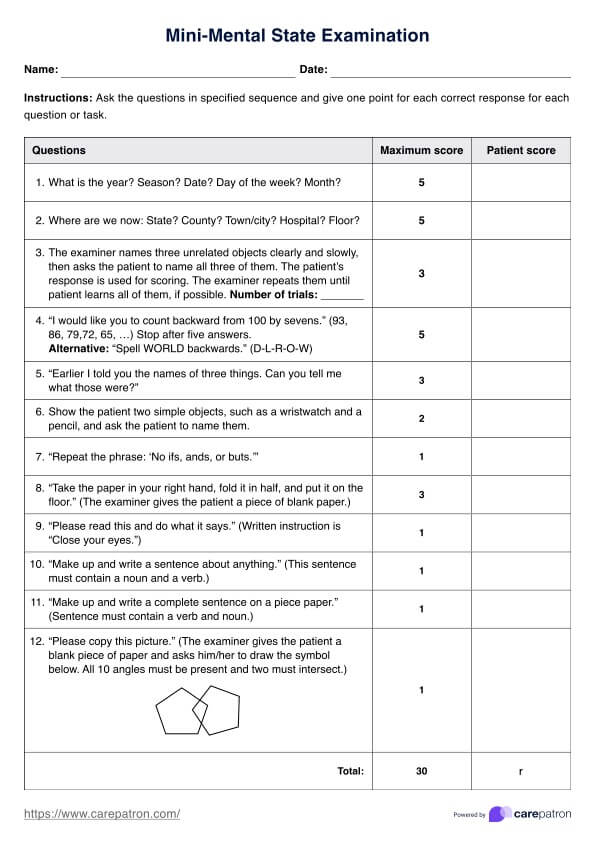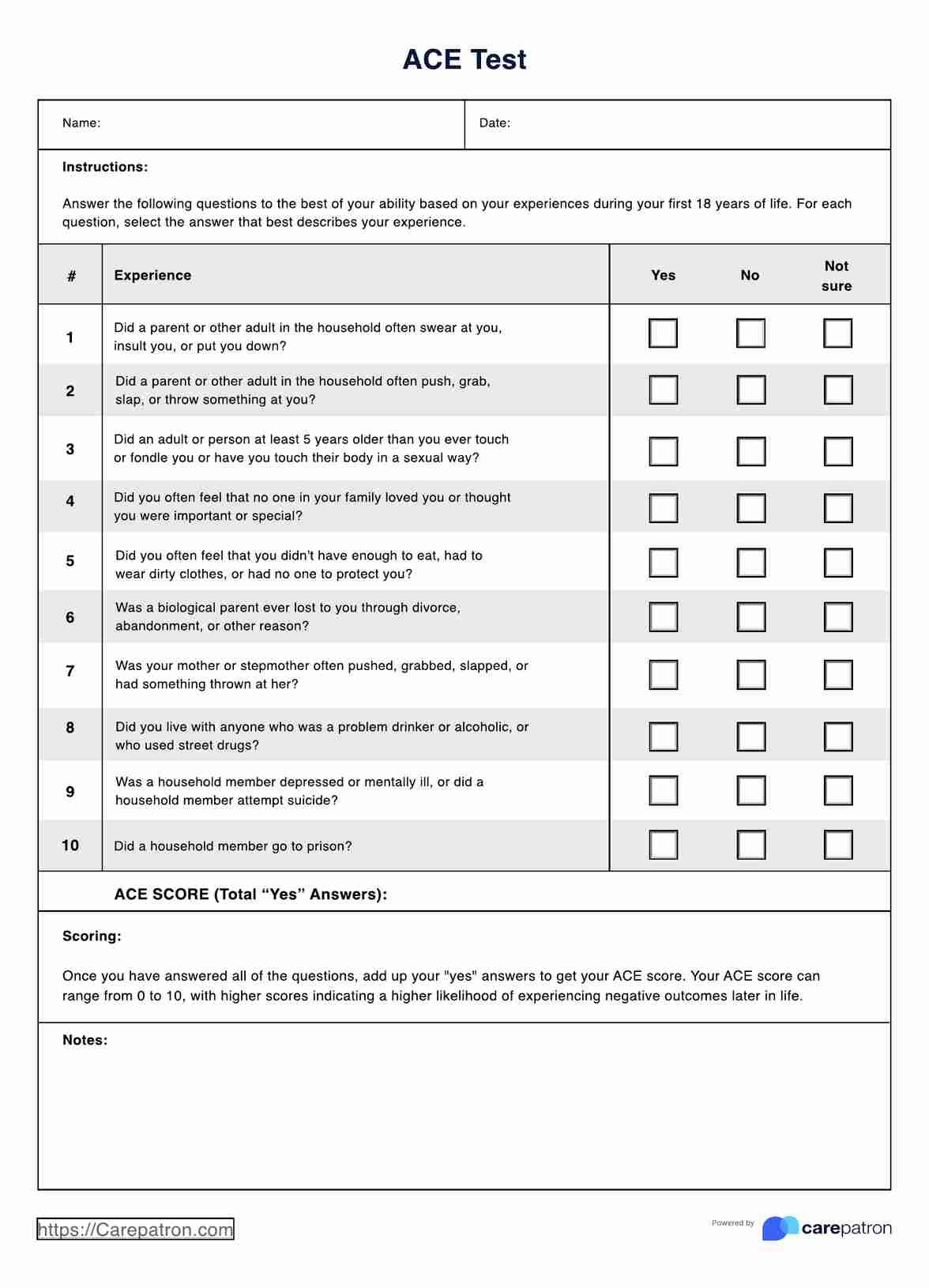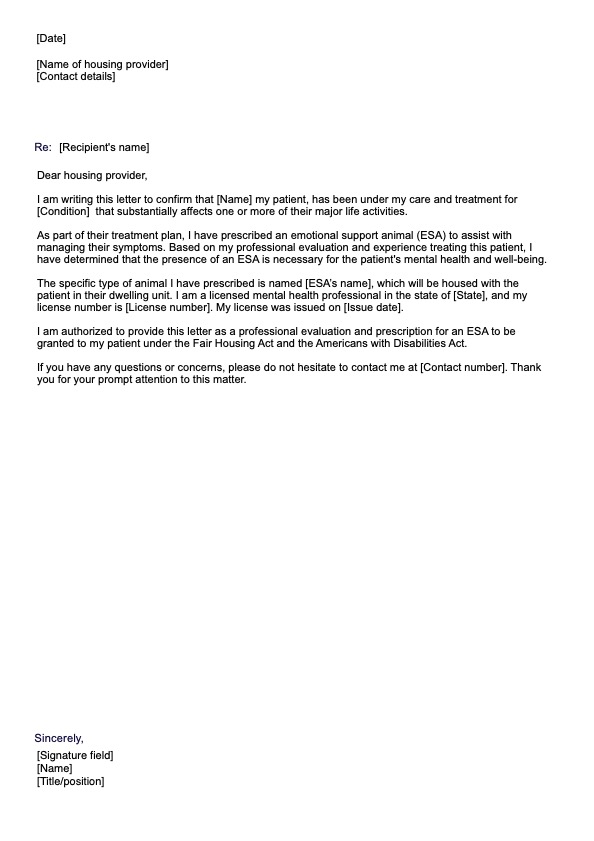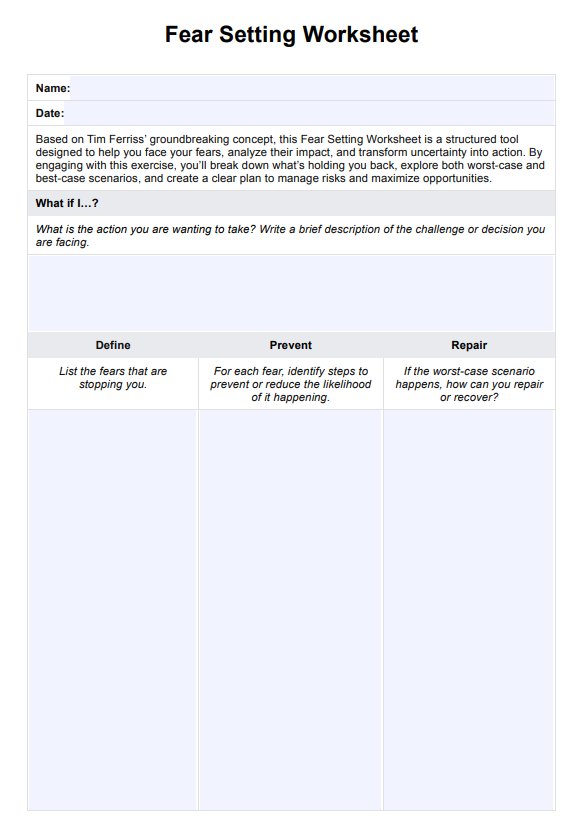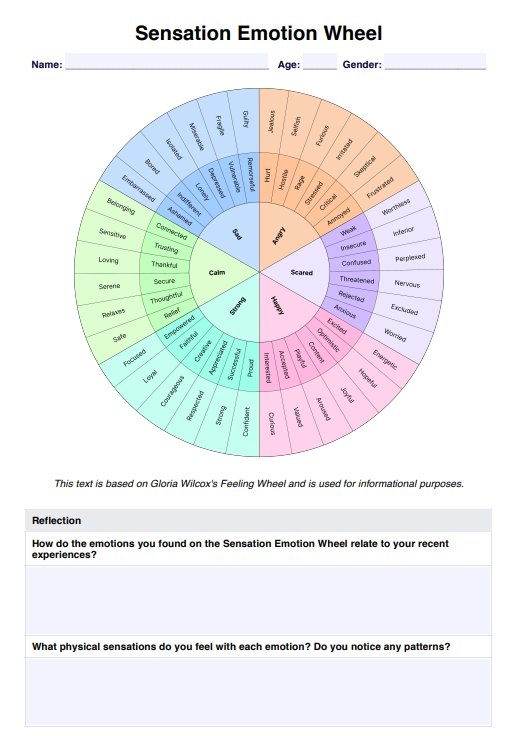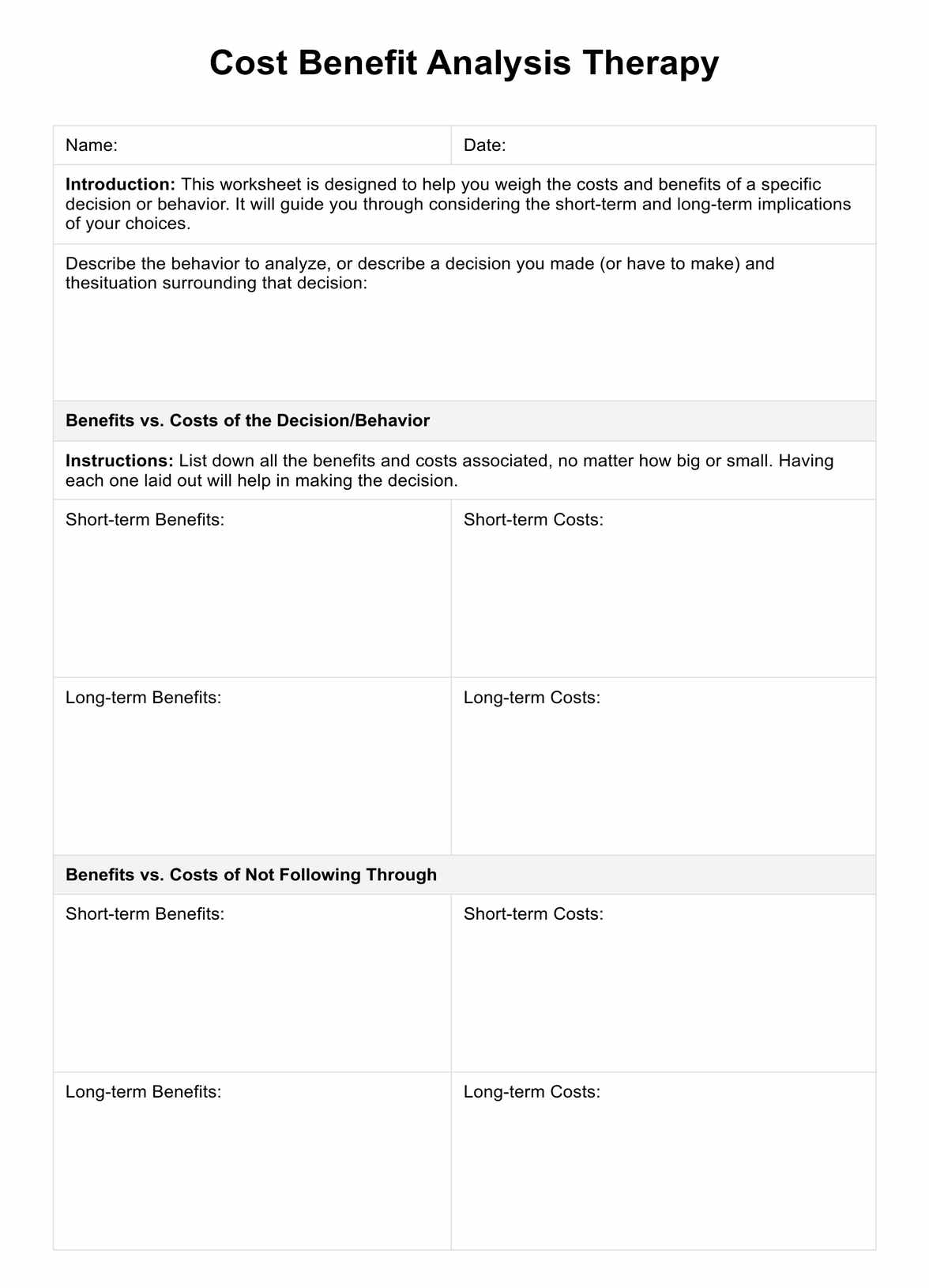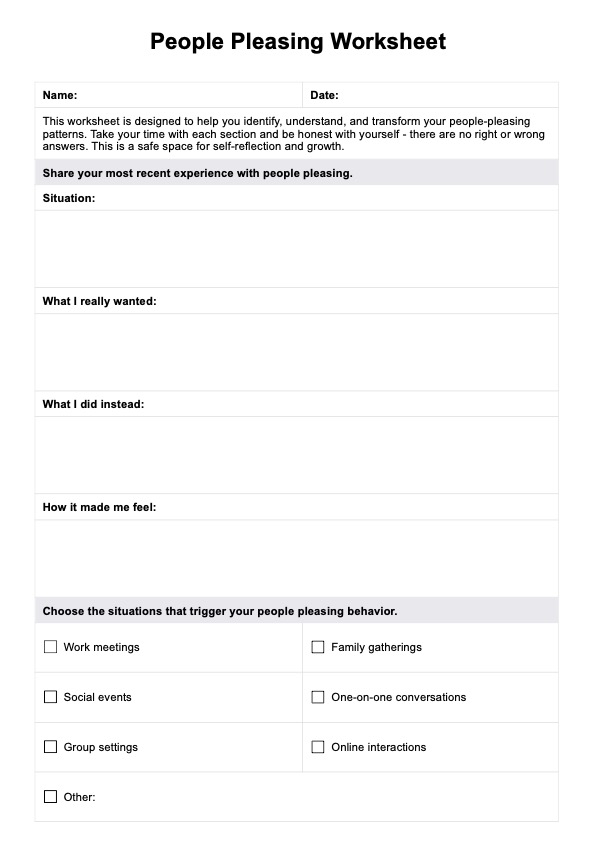Thought Stopping Worksheets
Help your patient challenge their negative thought patterns and replace them with more positive ones by giving them a copy of our Thought Stopping Worksheets.


What is a Thought Stopping Worksheet?
A Thought Stopping Worksheet is a tool that utilizes cognitive restructuring, which is a therapeutic process that encourages patients to challenge negative thoughts and replace them with more positive and beneficial ones. It is one of the CBT worksheets that provide a structured format for identifying automatic negative thoughts, investigating the evidence for and against them, and developing alternative positive thoughts.
One of the goals of a Thought Stopping Worksheet is to address negative thinking and challenge the beliefs that lead to them. Furthermore, it aims to break the pattern to encourage positive thinking and the usage of positive adjectives to improve your patients' lives for the better.
We have designed this template to help healthcare practitioners teach their clients how to challenge negative thought patterns and improve their mood. This resource is especially beneficial for healthcare practitioners such as life coaches, counselors, therapists, and psychologists who are helping patients who are dealing with anxiety, depression, or other mental health issues.
With this Thought Stopping Worksheet, individuals will be able to gain more control over their thoughts and vastly improve their mood, leading to the achievement of desired clinical outcomes.
Thought Stopping Worksheets Template
Thought Stopping Worksheets Example
How to fill out our Thought Stopping Worksheet template
Here are the steps involved to complete our CBT Thought Stopping Worksheet PDF:
Step 1: Identify the situation or trigger
After downloading a copy and giving your client a copy, the first step is to have them identify the situation or trigger for the negative thought. It can be anything from a memory to an event and even a previous/initial thought.
Step 2: Recognize and record the negative thought and evidence
Once they have noted down the situation or trigger, you can then ask your client to recognize their negative thoughts and select the ones they wish to eliminate. This could be a recurring negative thought pattern, a self-critical inner voice, or a specific negative thought that they are currently experiencing.
Encourage them to be as specific as possible and record the negative thought in the worksheet's "Negative Thought" column.
Step 3: Provide evidence
Afterward, have them recognize the evidence that supports their negative thought as well as evidence against the negative thought in the next two columns. By providing evidence for both, sequentially, clients will have an easier time thinking of an alternative positive thought.
Step 4: Make a positive affirmation
Ask your patient then, to fill in the "Alternative Positive Thought" column of the worksheet with a positive and empowering statement that counteracts the negative thought. This could be a declaration of self-love, self-acceptance, or self-encouragement.
Step 5: Use the worksheet on a regular basis
Request that your client use the Thought Stopping Worksheet on a regular basis, especially when they find themselves engaging in negative self-talk or having distressing thoughts.
Benefits of using our Thought Stopping Worksheets Template
Here are some of the benefits of using a Thought Stopping Worksheet:
Helps to interrupt negative thought patterns
Negative self-talk and thought patterns can be difficult to overcome. A Thought Stopping Worksheet can assist your client in identifying negative thoughts and confronting them with evidence-based counter-arguments. They can begin to break the cycle of negative self-talk and cultivate more positive behaviors and a more positive mindset by interrupting negative thought patterns in this way.
Encourages mindfulness and self-awareness
When your client uses a Thought Stopping Worksheet, they are practicing mindfulness and self-awareness. By observing their thoughts and emotions in a nonjudgmental manner, they can begin to identify patterns and triggers that contribute to negative self-talk.
This self-awareness can help them gain a better understanding of their own thoughts and behaviors and make positive changes in their life.
Promotes self-compassion and self-acceptance
Negative self-talk can have a negative impact on one's self-esteem and confidence. A Thought Stopping Worksheet can promote self-compassion and self-acceptance by challenging negative thoughts and replacing them with positive affirmations. When your client practices self-compassion, they treat themselves with kindness and understanding, even when they make mistakes or face difficult situations.
Provides a tangible tool for self-improvement
A Thought Stopping Worksheet is a tangible tool for tracking one's progress and monitoring one's growth. By using the worksheet on a regular basis, clients can begin to notice patterns in their thoughts and behaviors, allowing them to make positive changes over time.
The worksheet can also help them to set goals and intentions for their personal growth and track their progress towards achieving them.
Commonly asked questions
A Thought Stopping Worksheet is a tool that can assist you in challenging negative thoughts and replacing them with more positive and beneficial ones.
A Thought Stopping Worksheet can be used whenever you are having negative thoughts that are affecting your mood and well-being.
Simply fill in the blanks with your own situation, automatic negative thought, evidence, and alternative positive thought to create a Thought Stopping Worksheet.



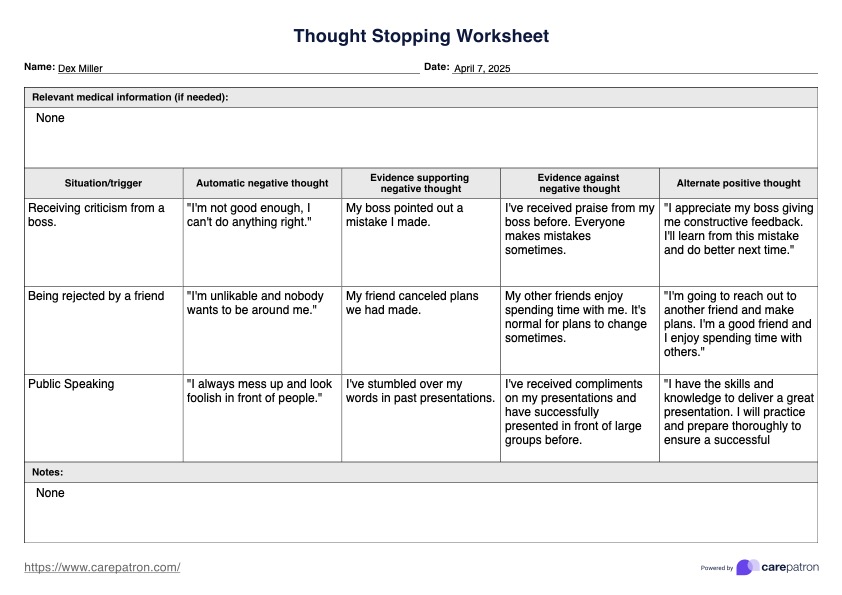

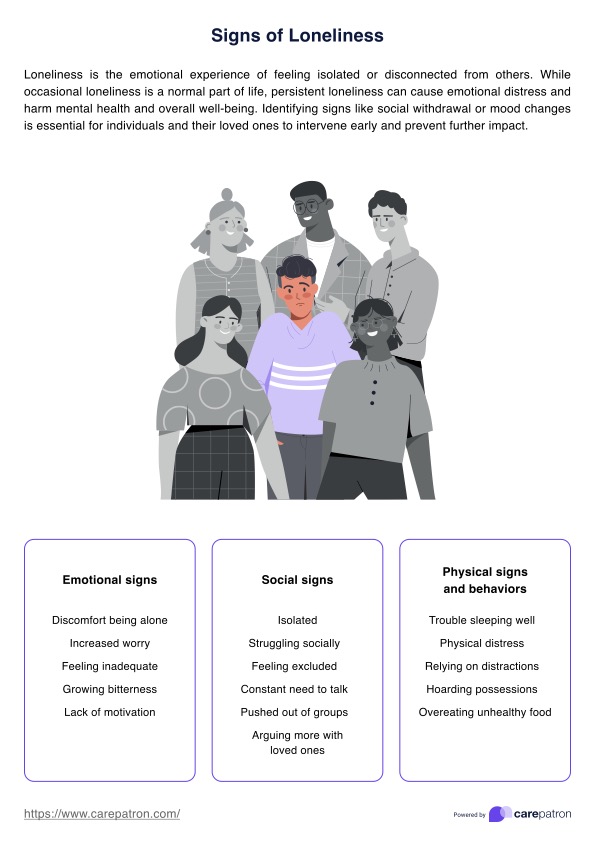

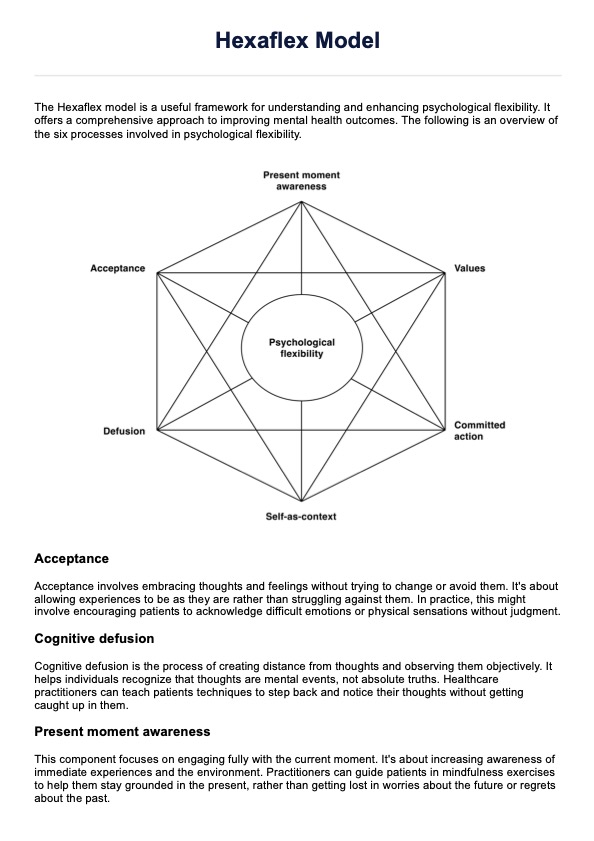
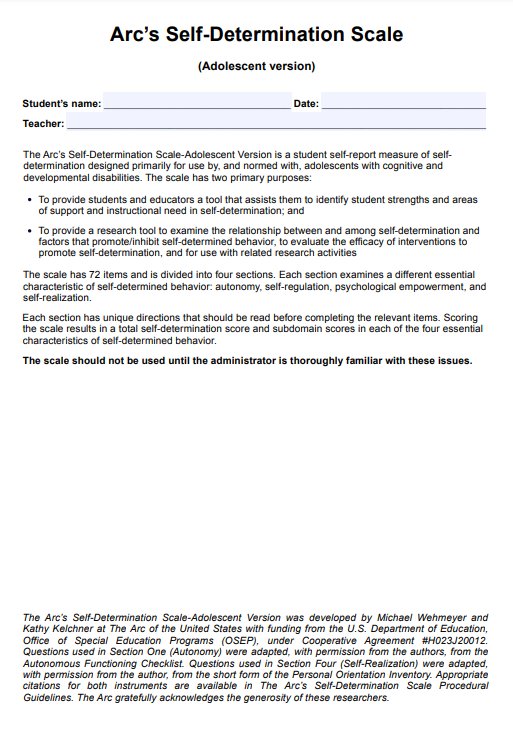
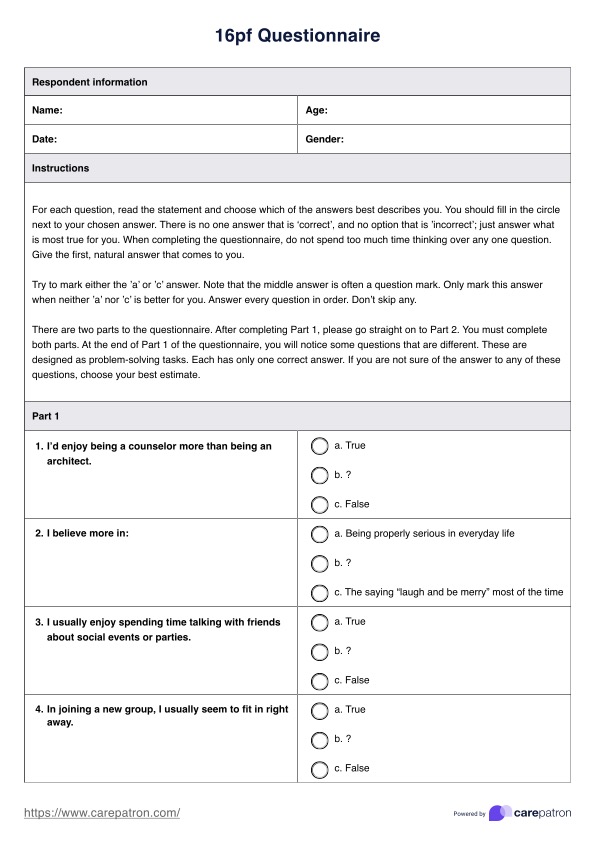

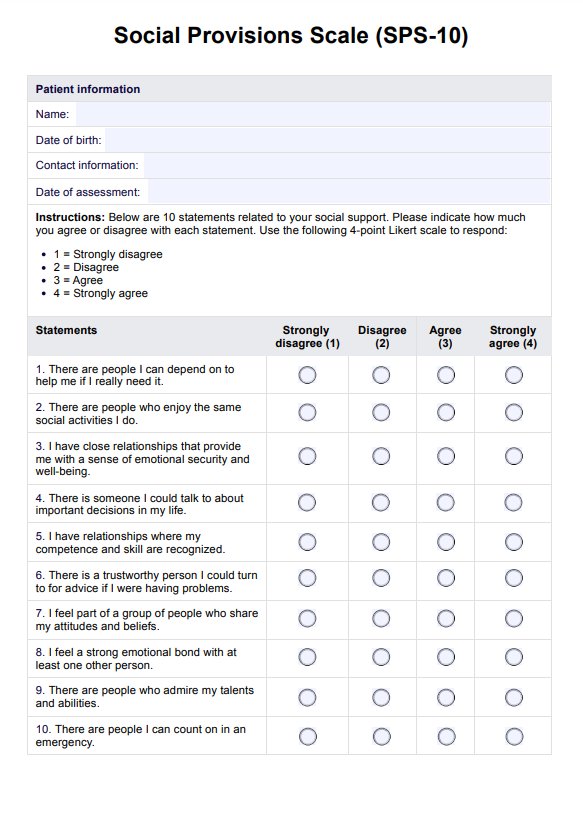


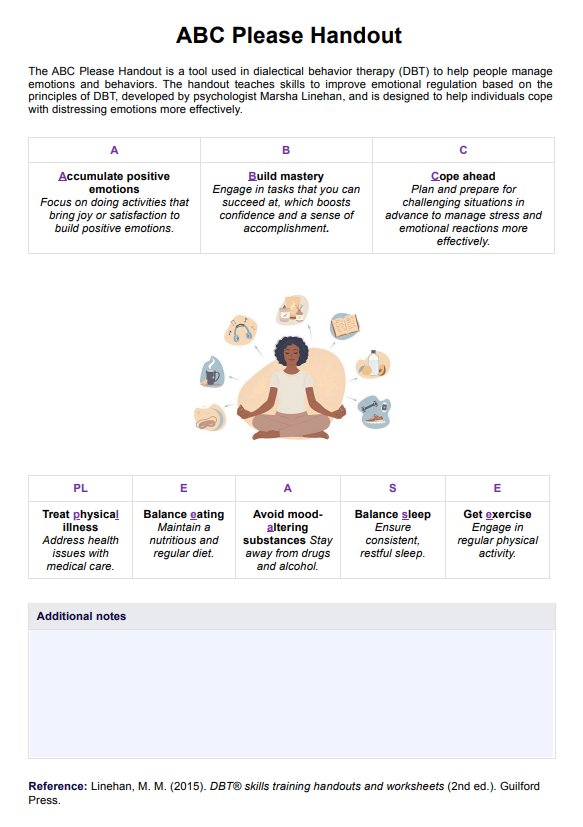
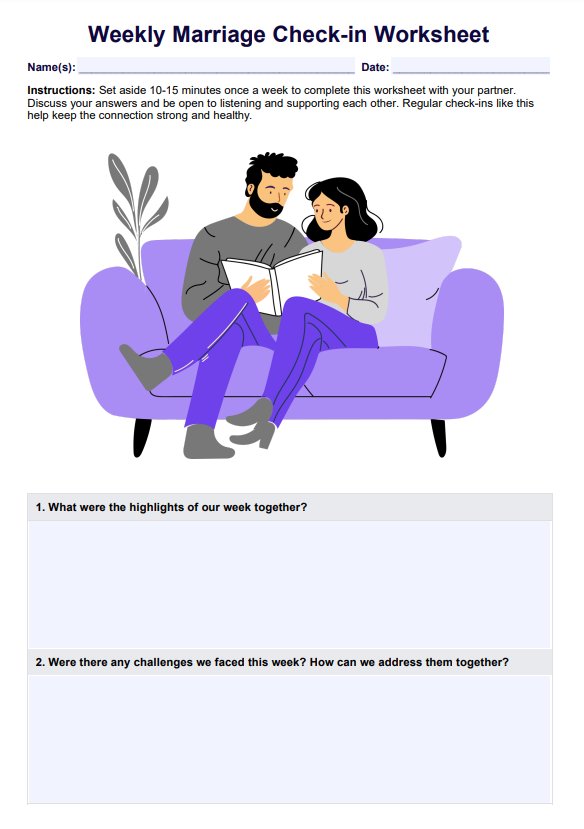
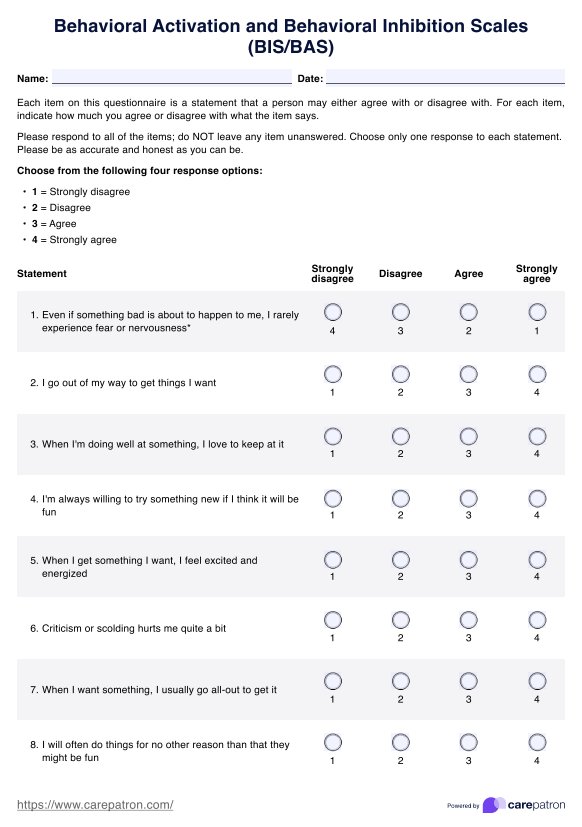
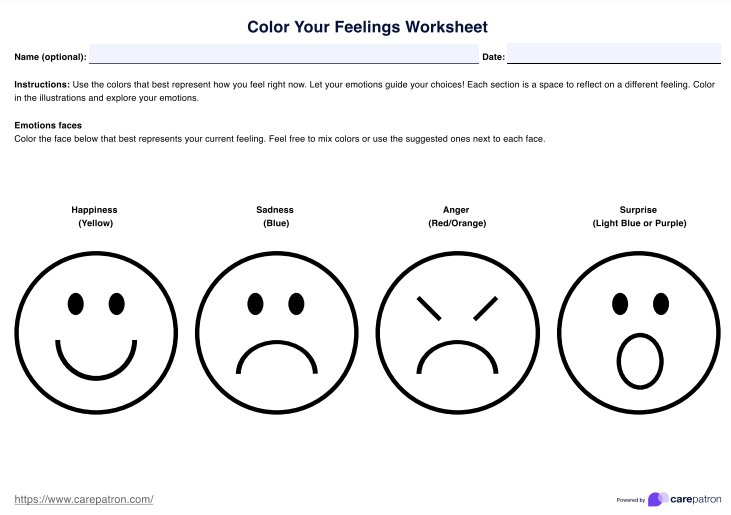
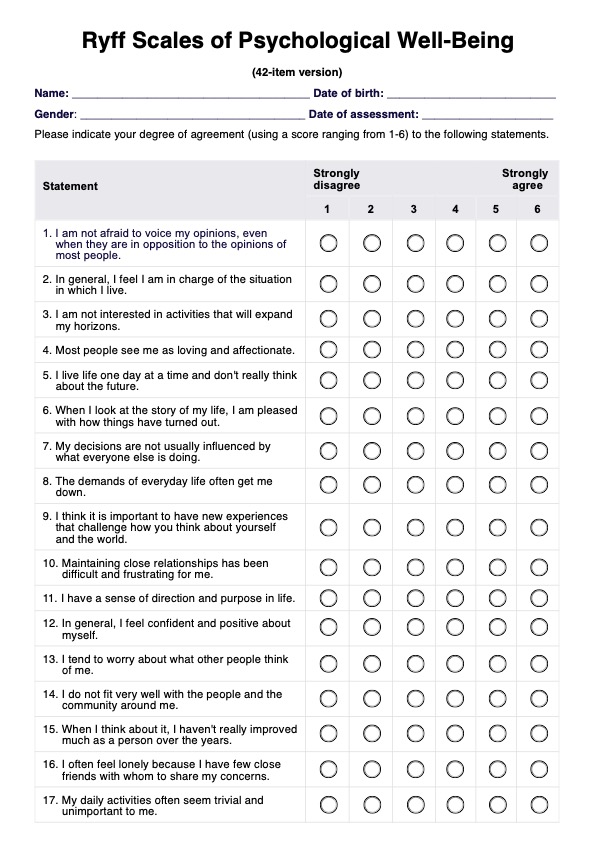
-template.jpg)
